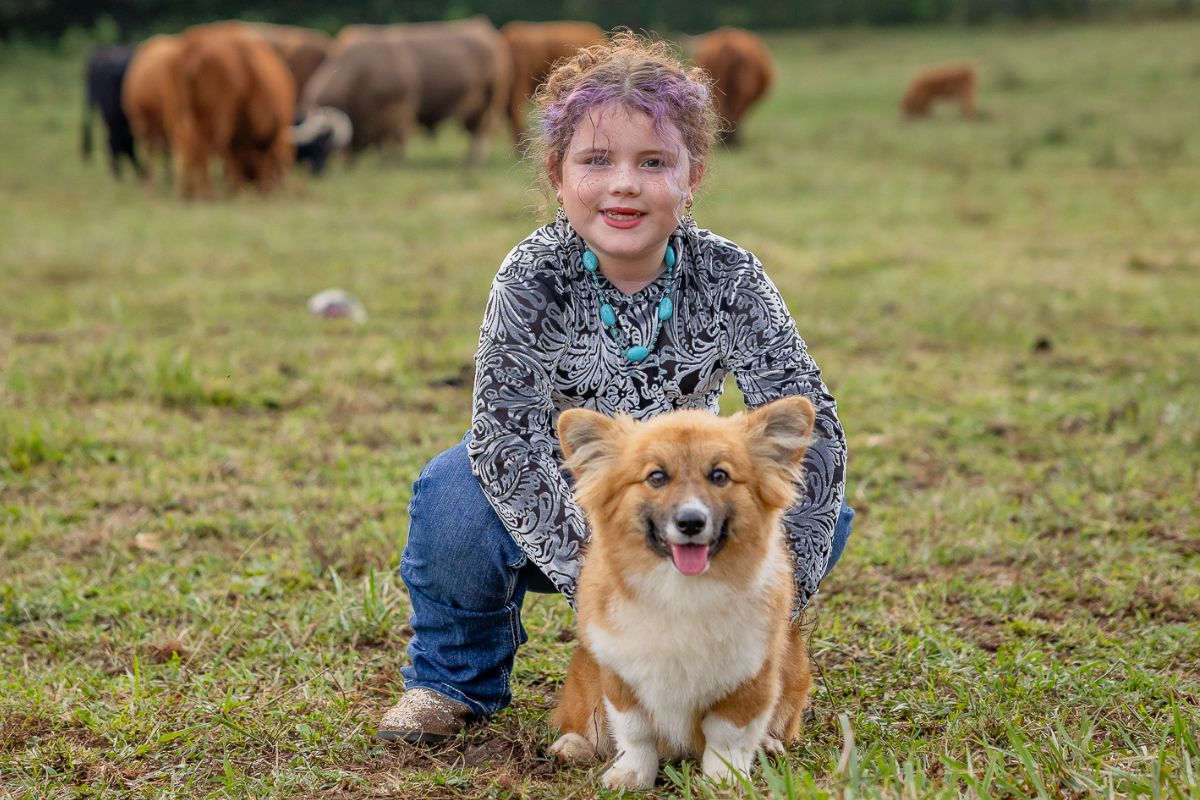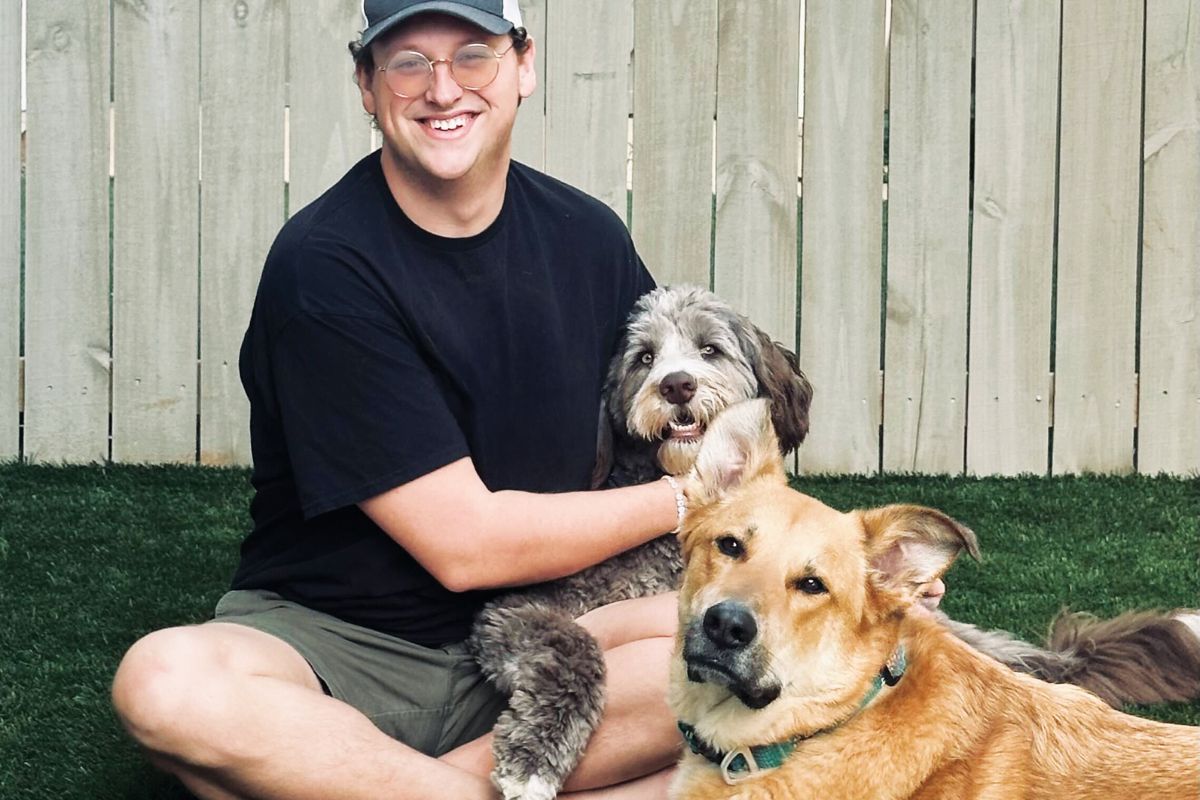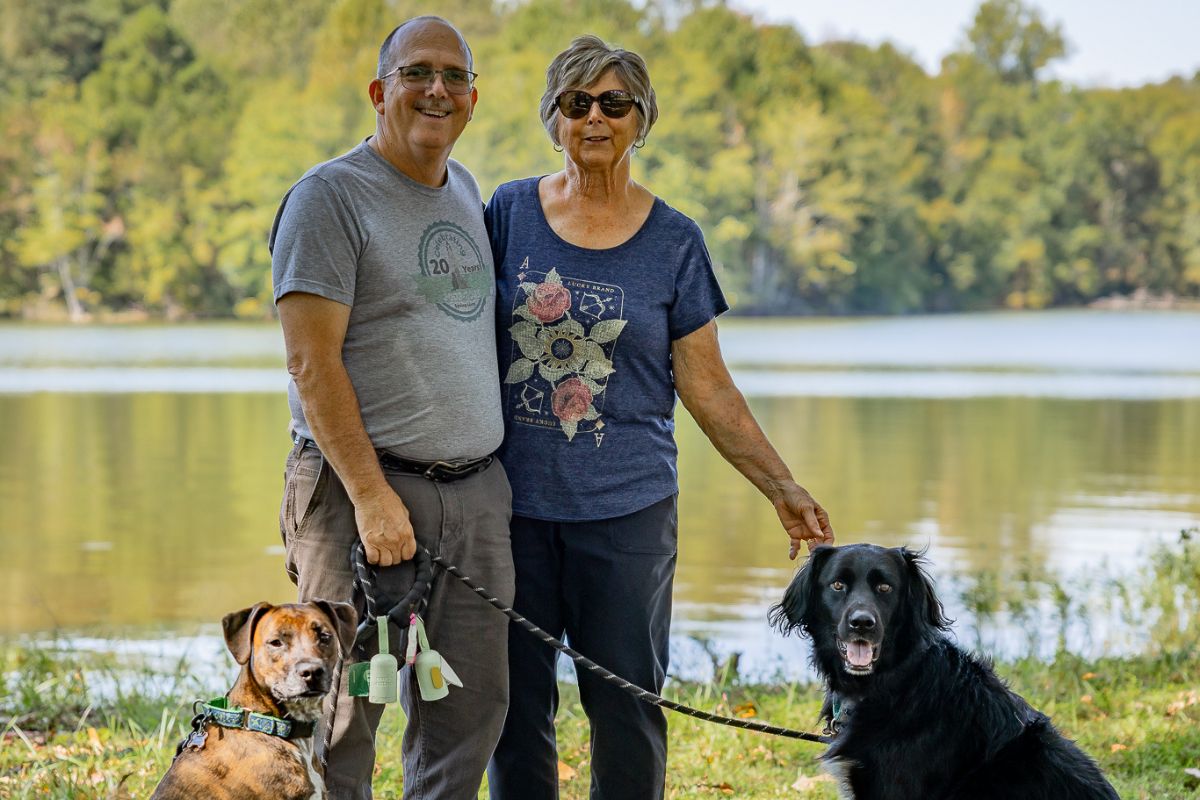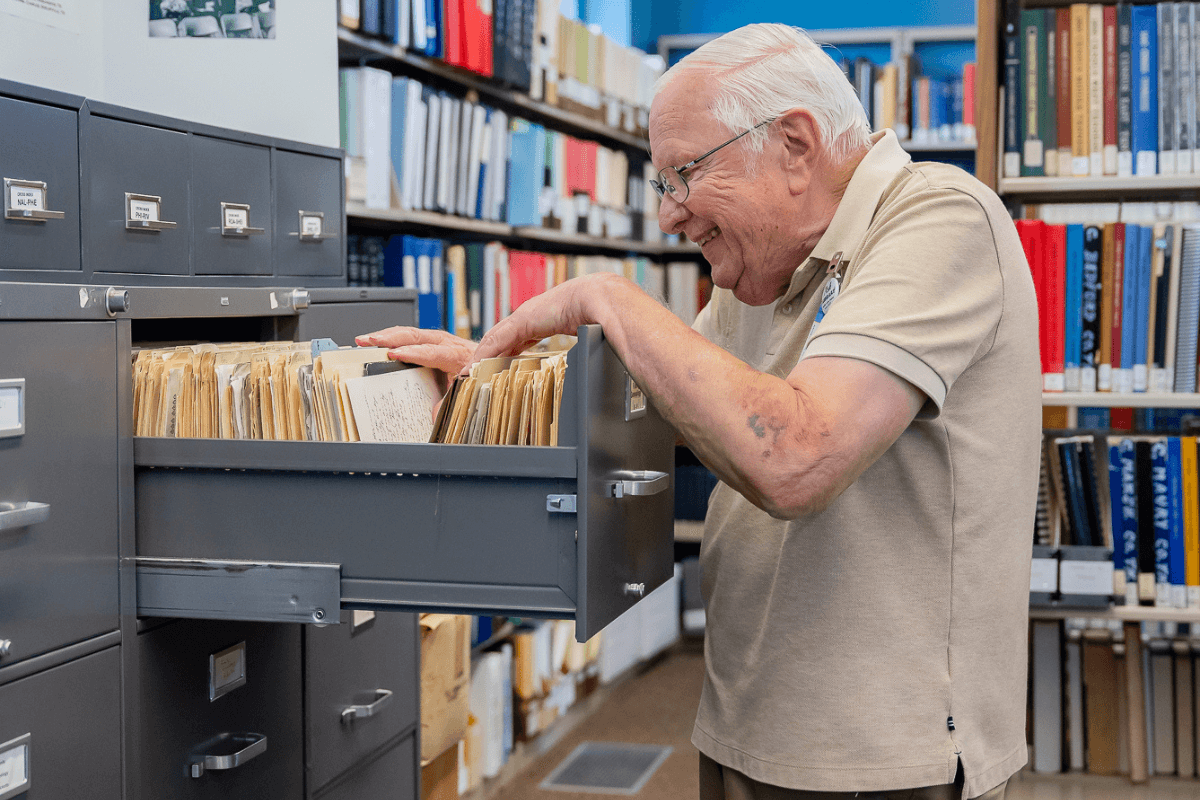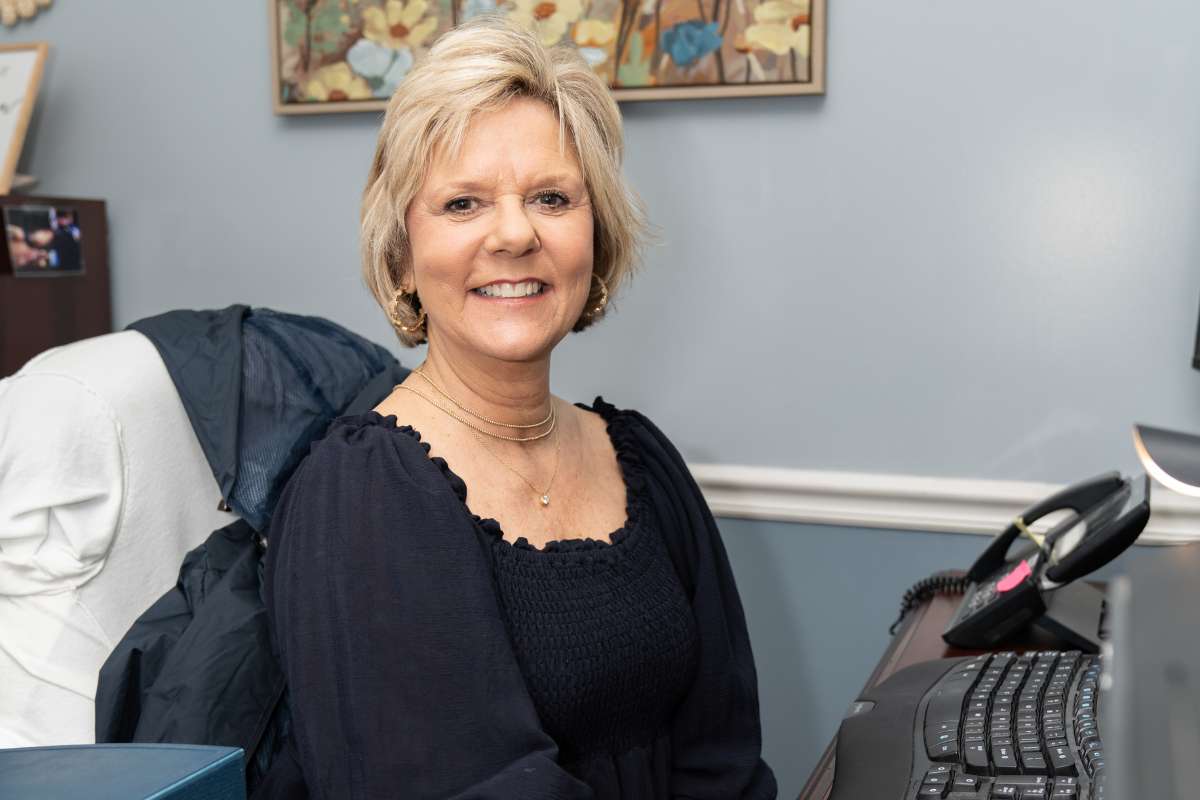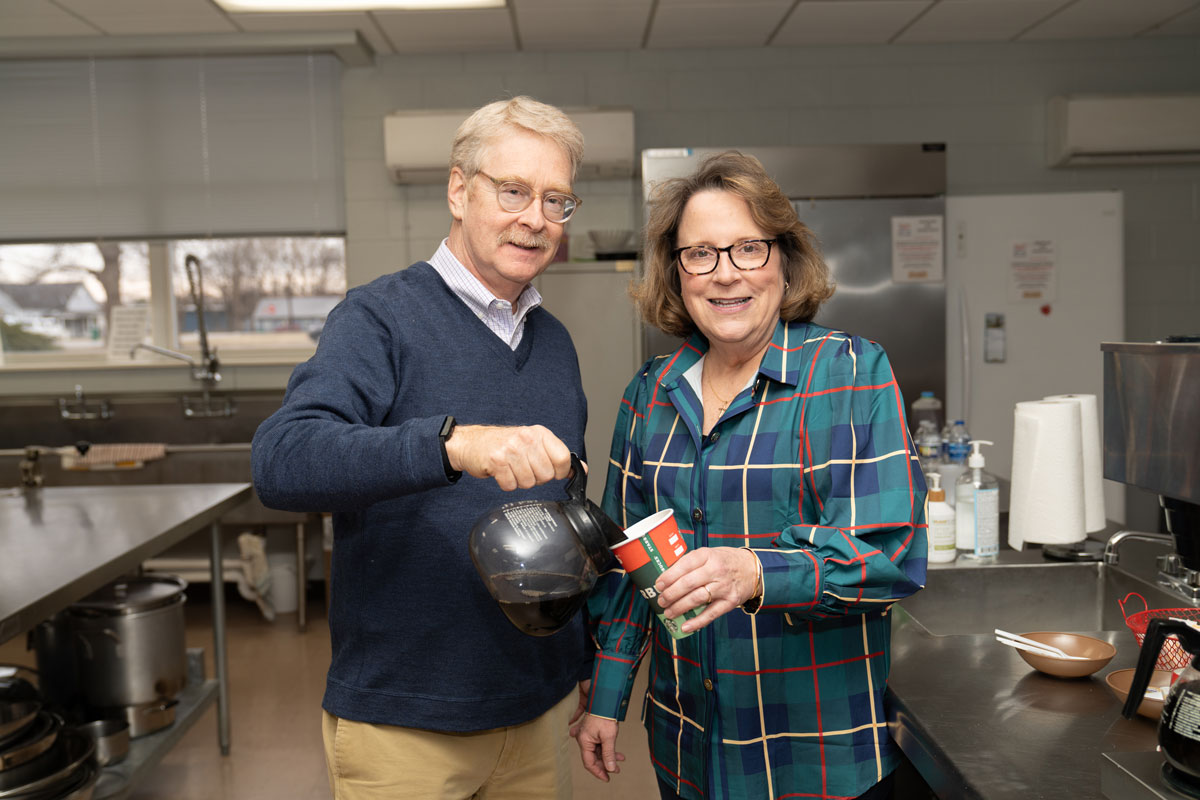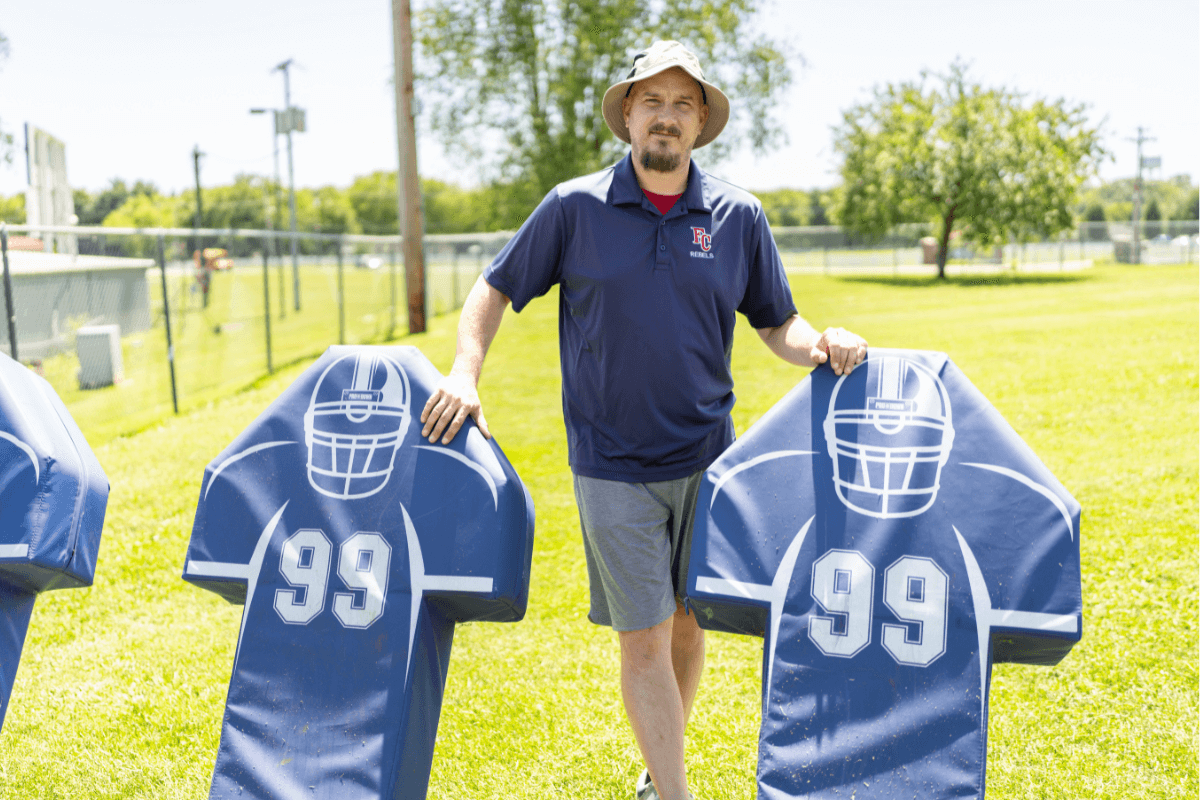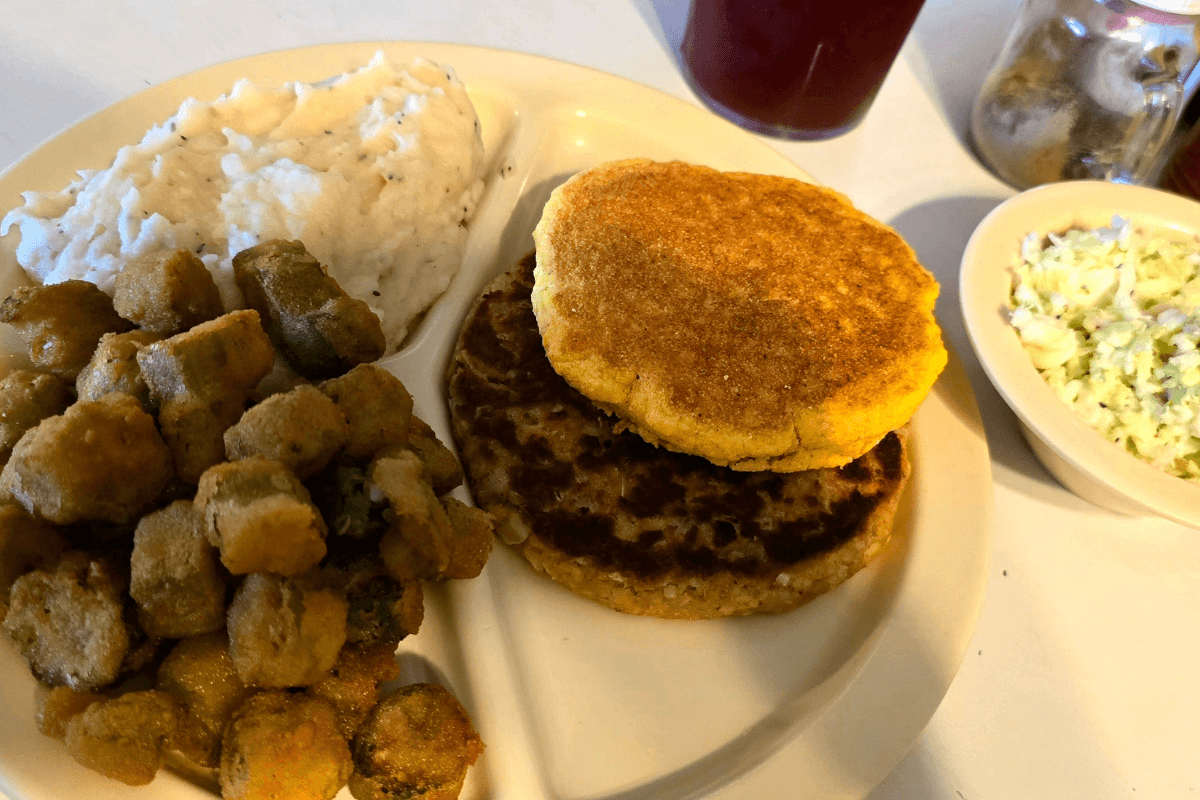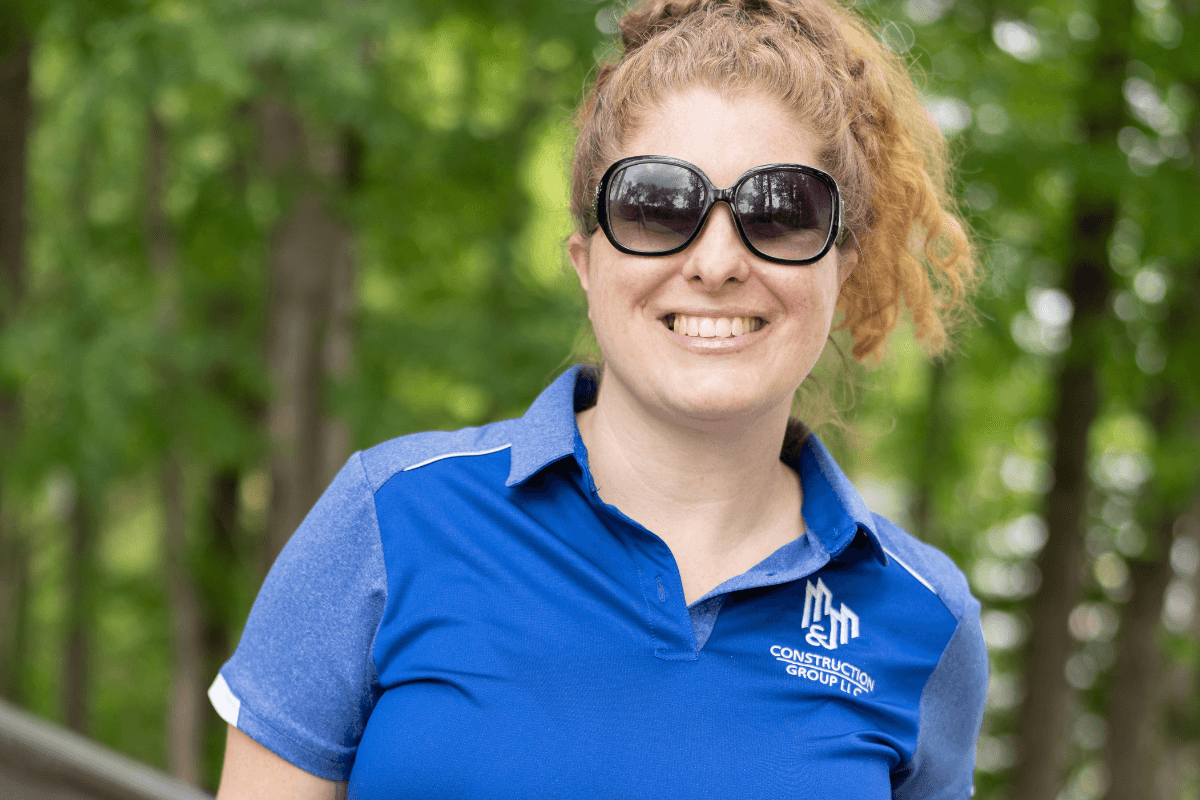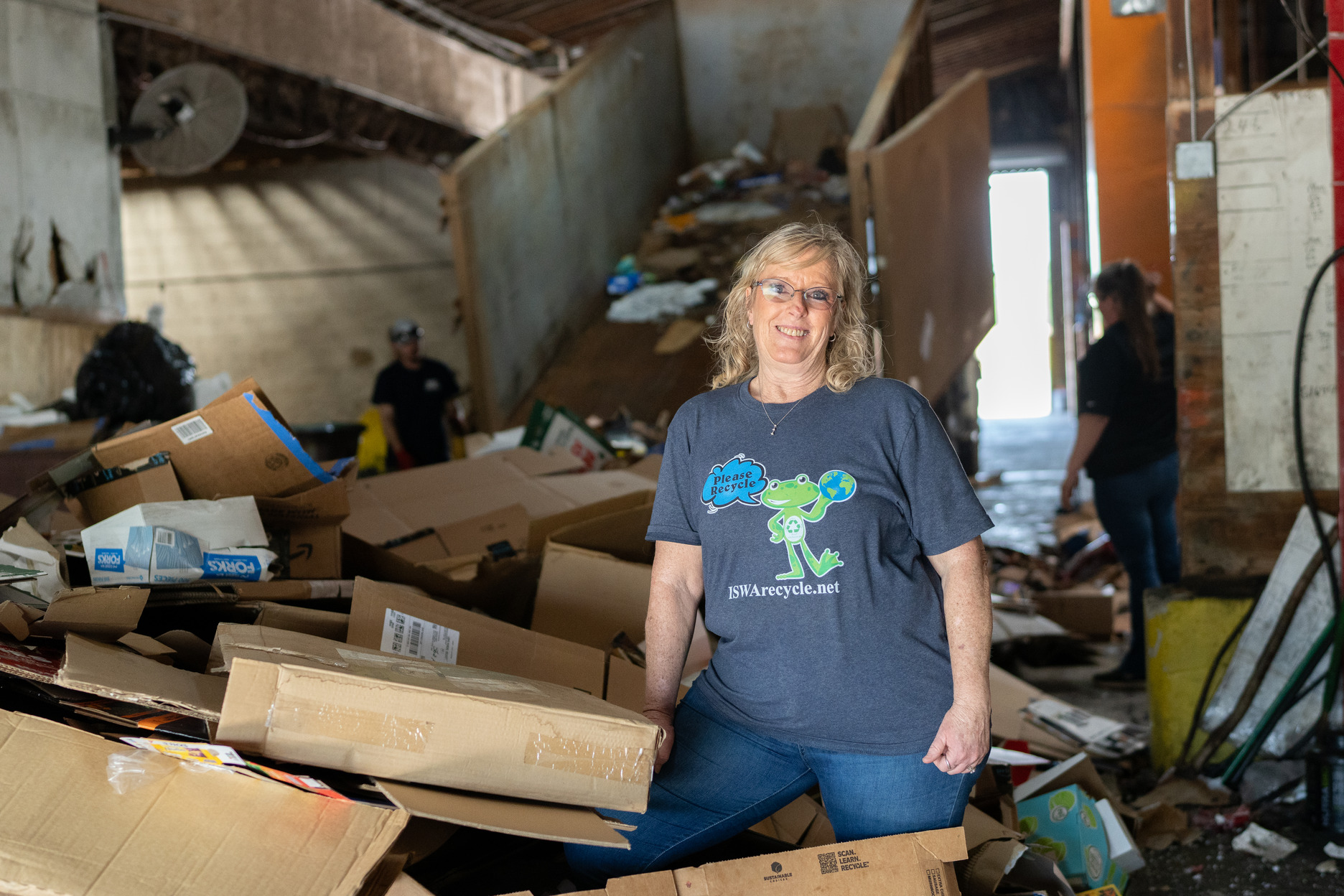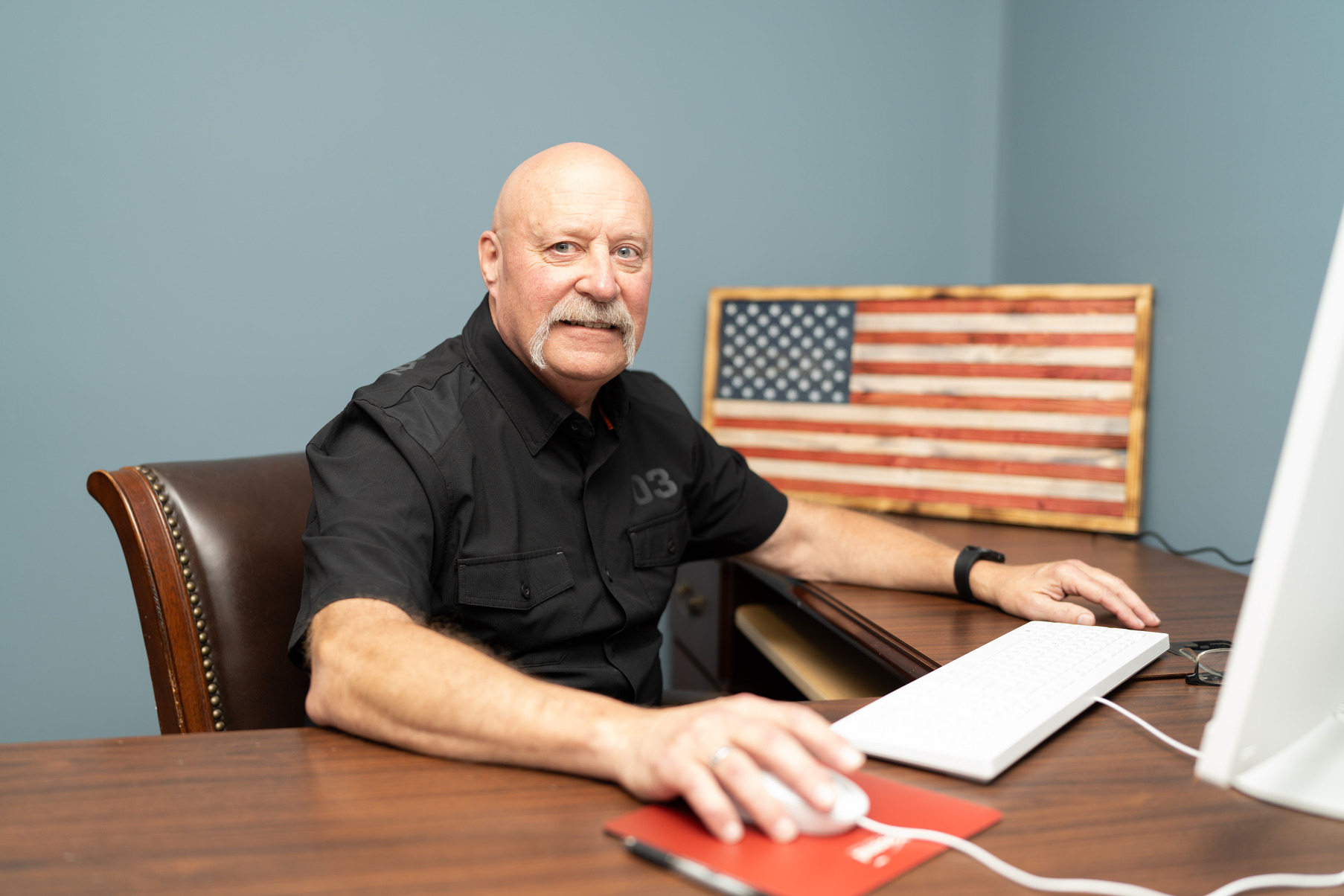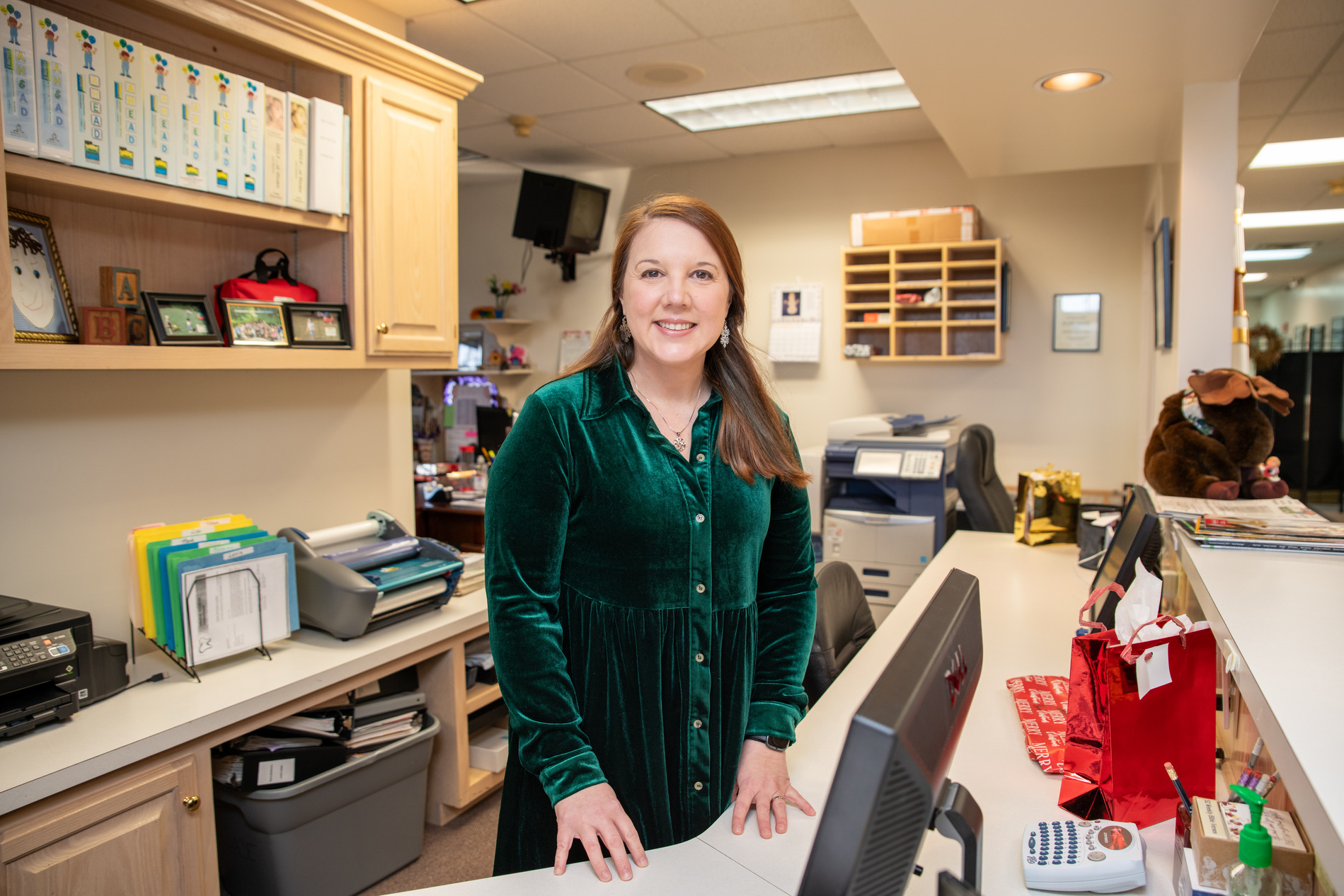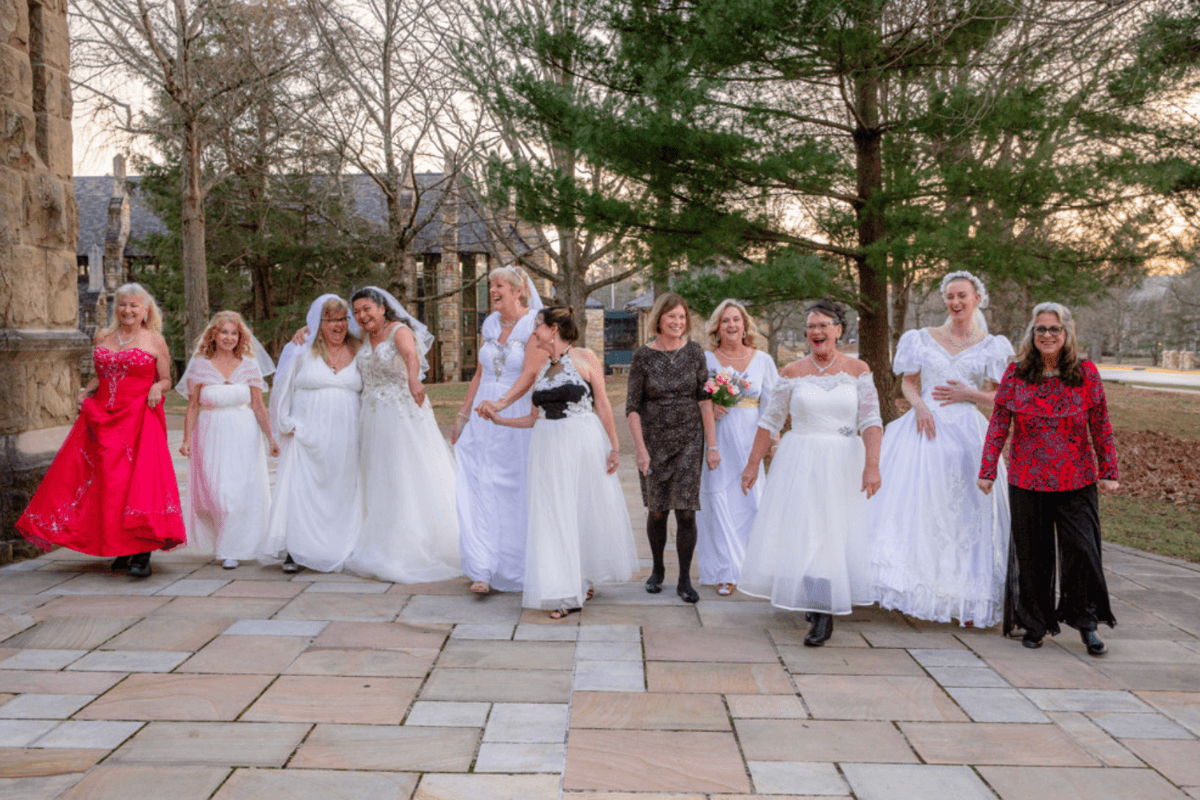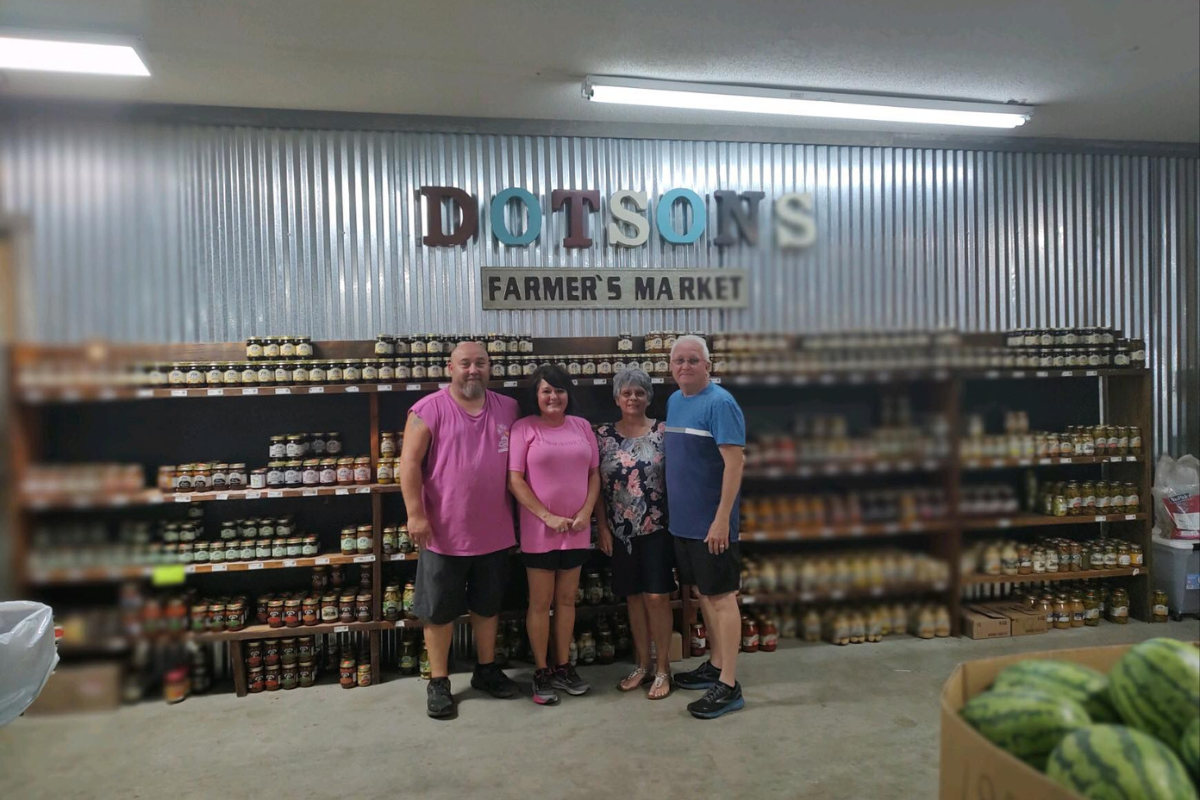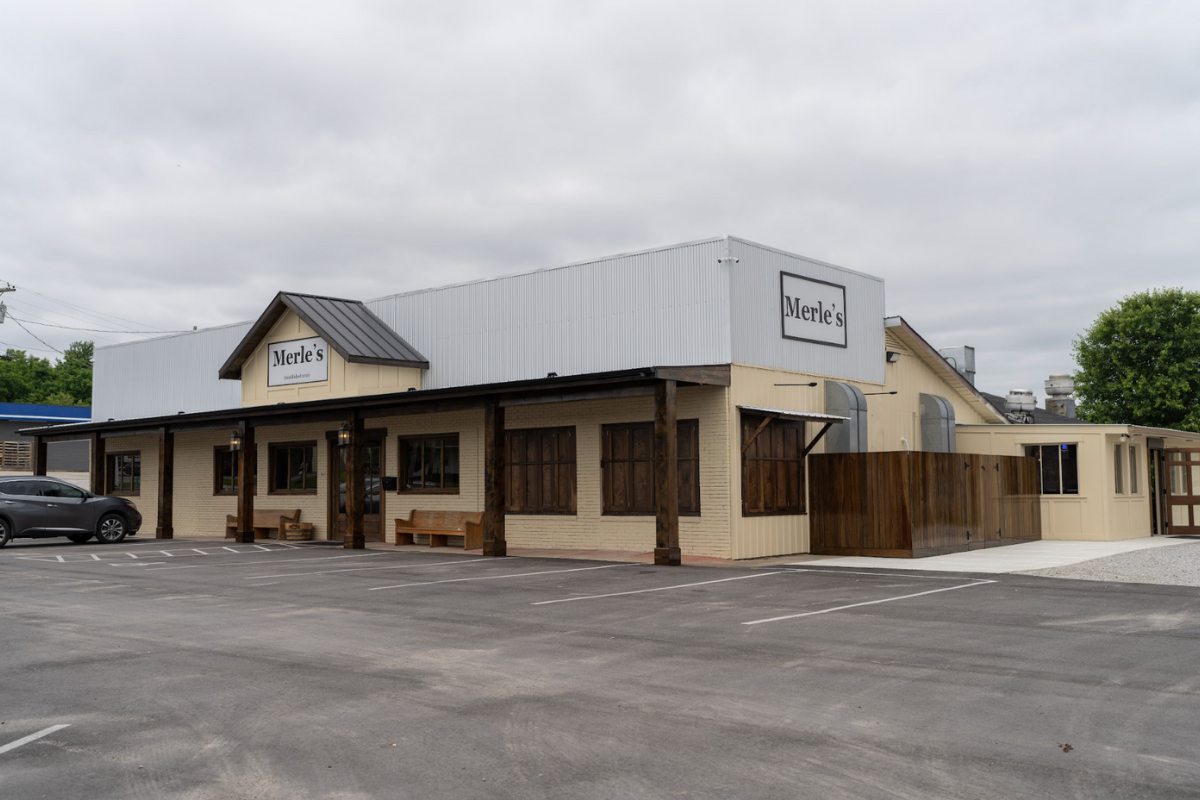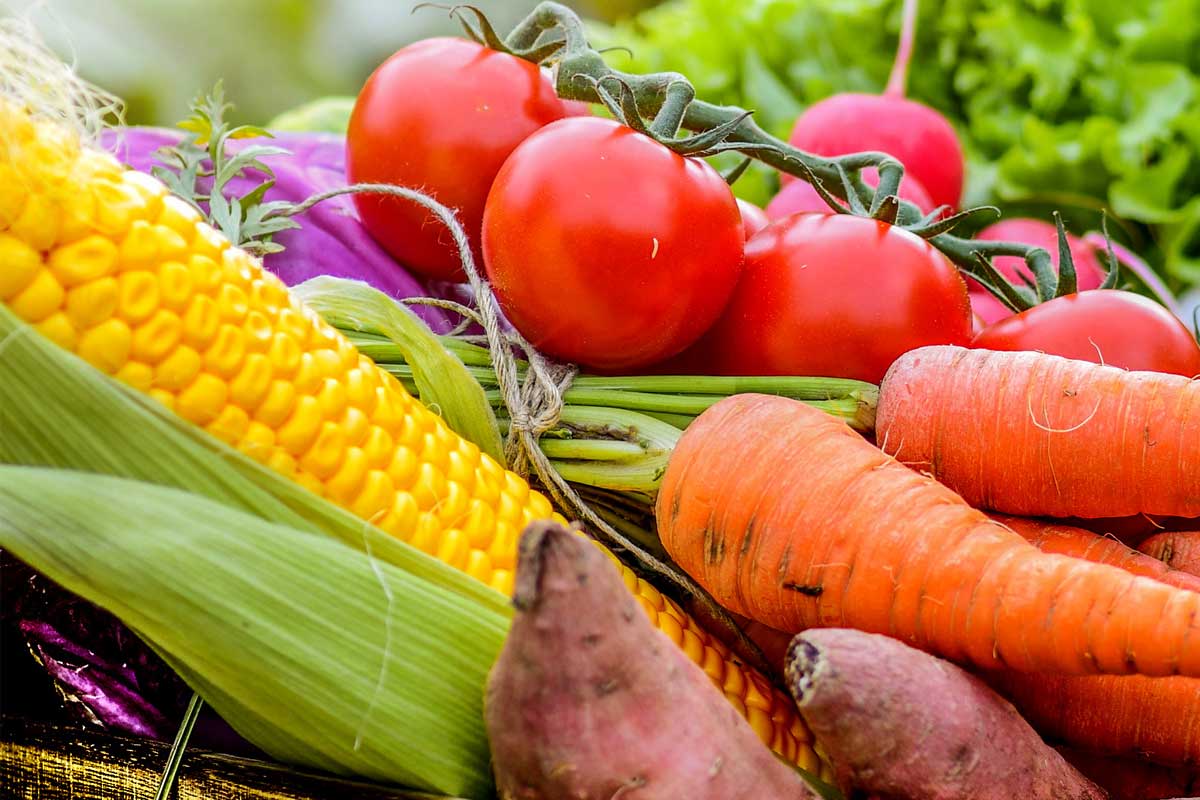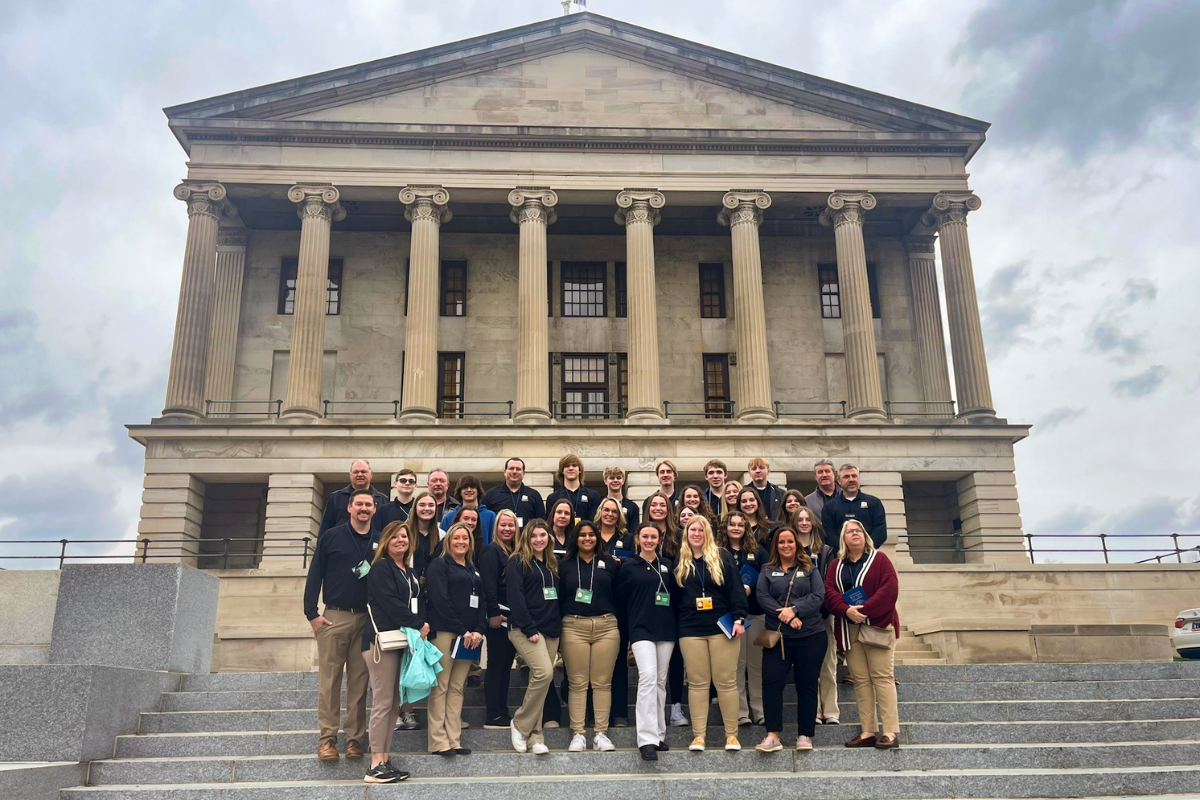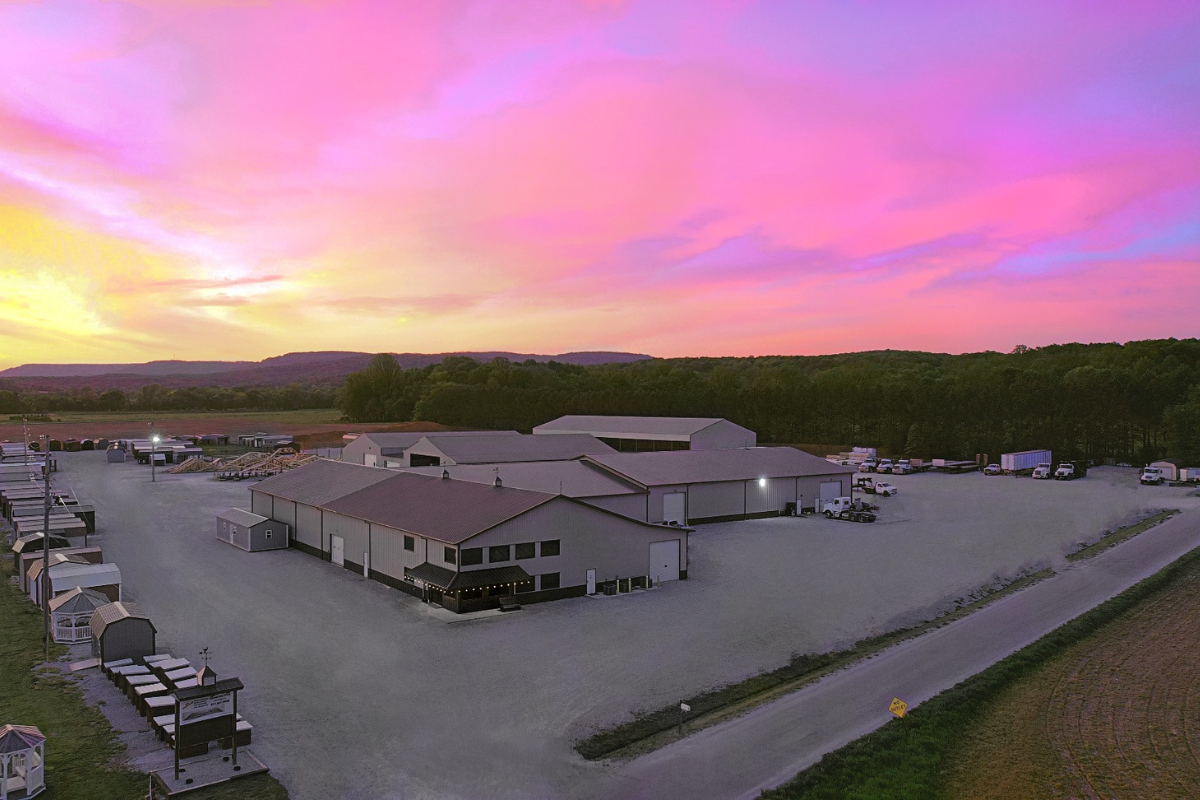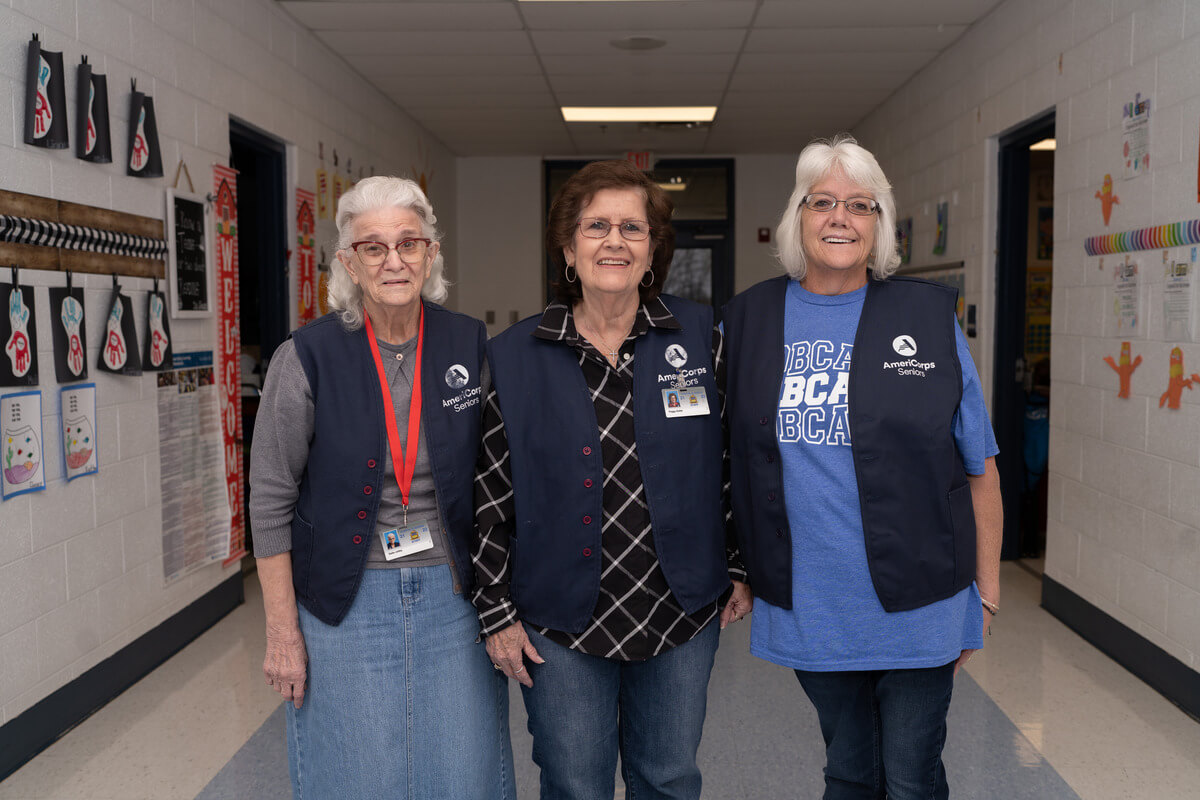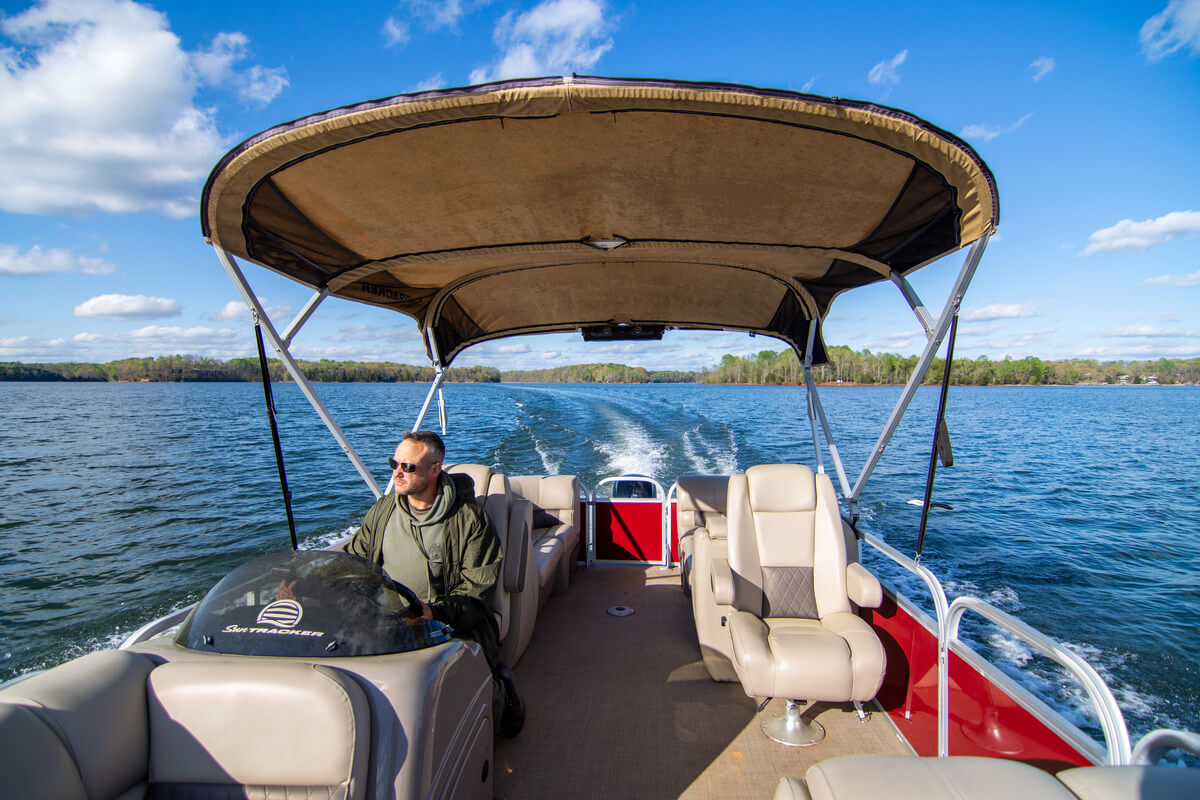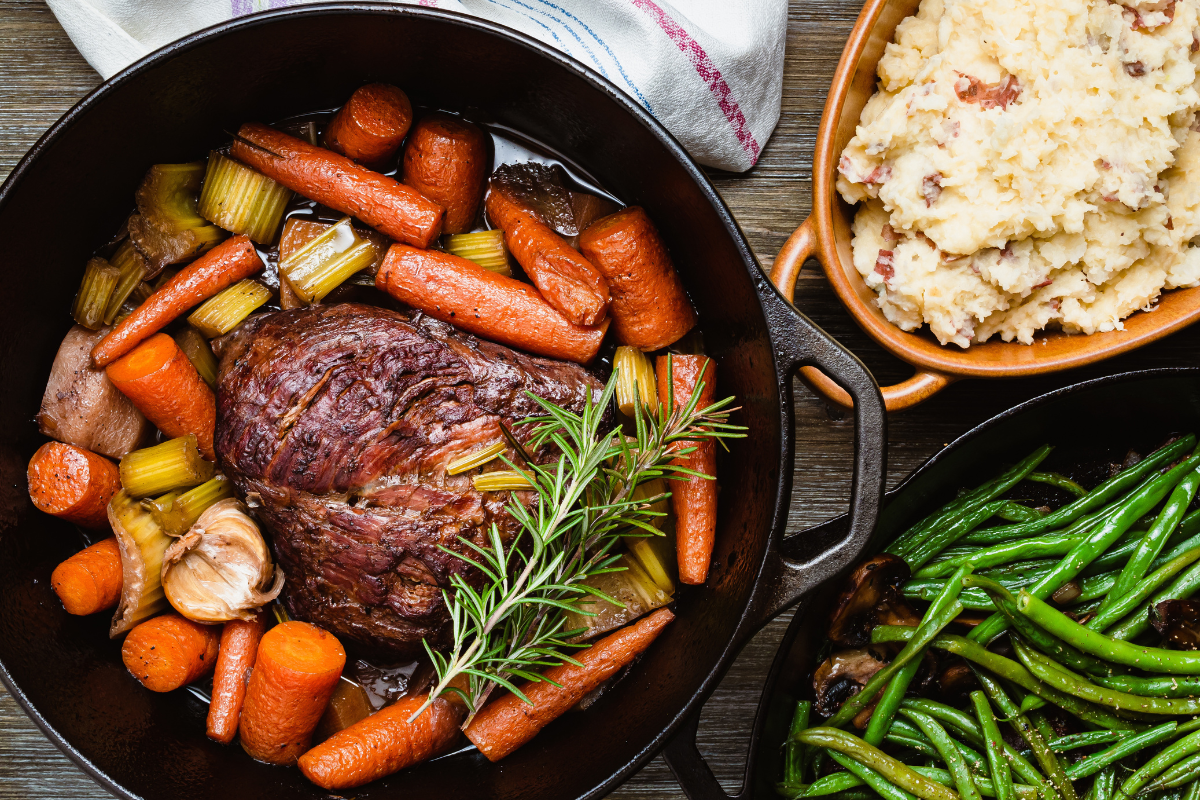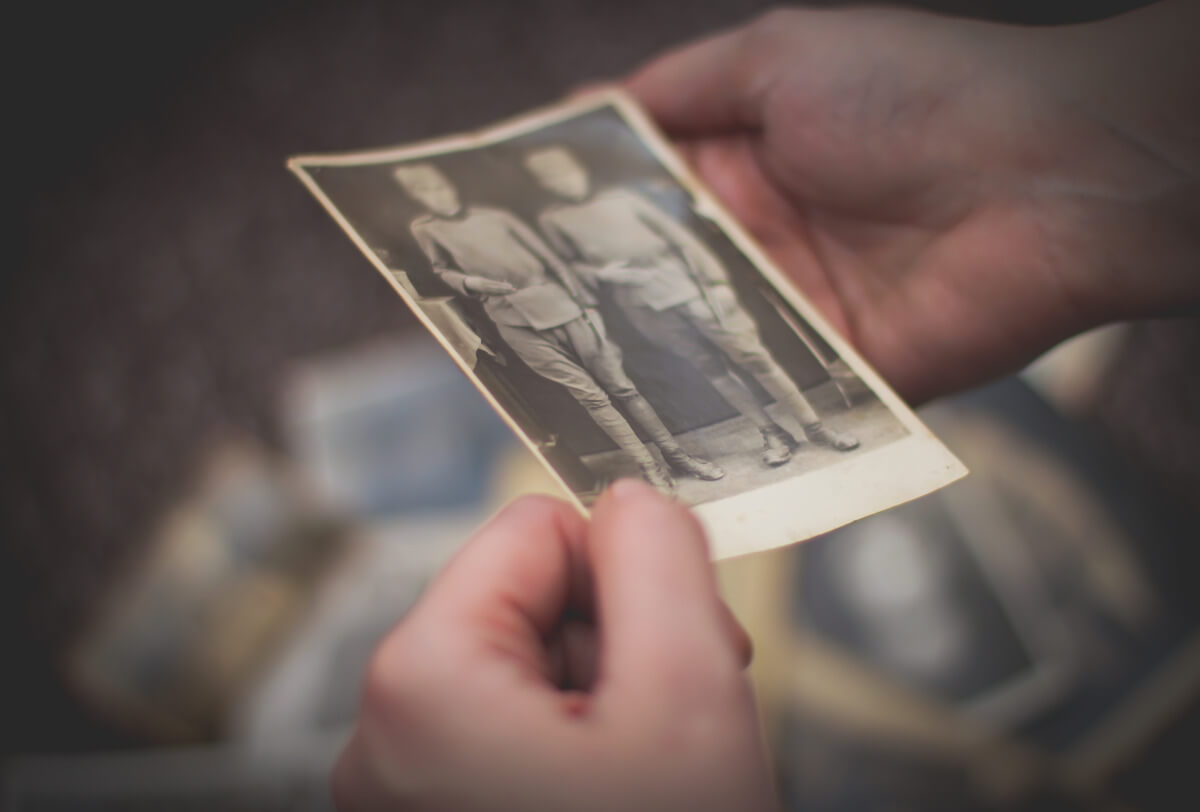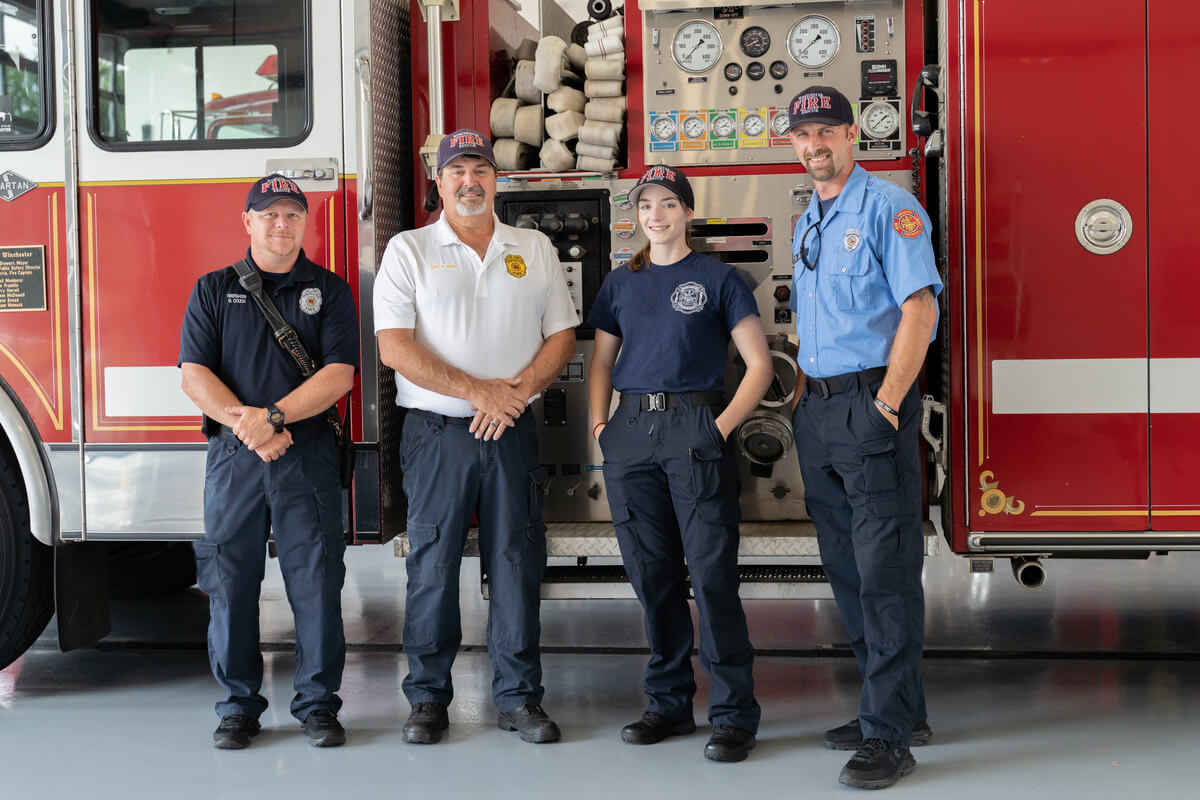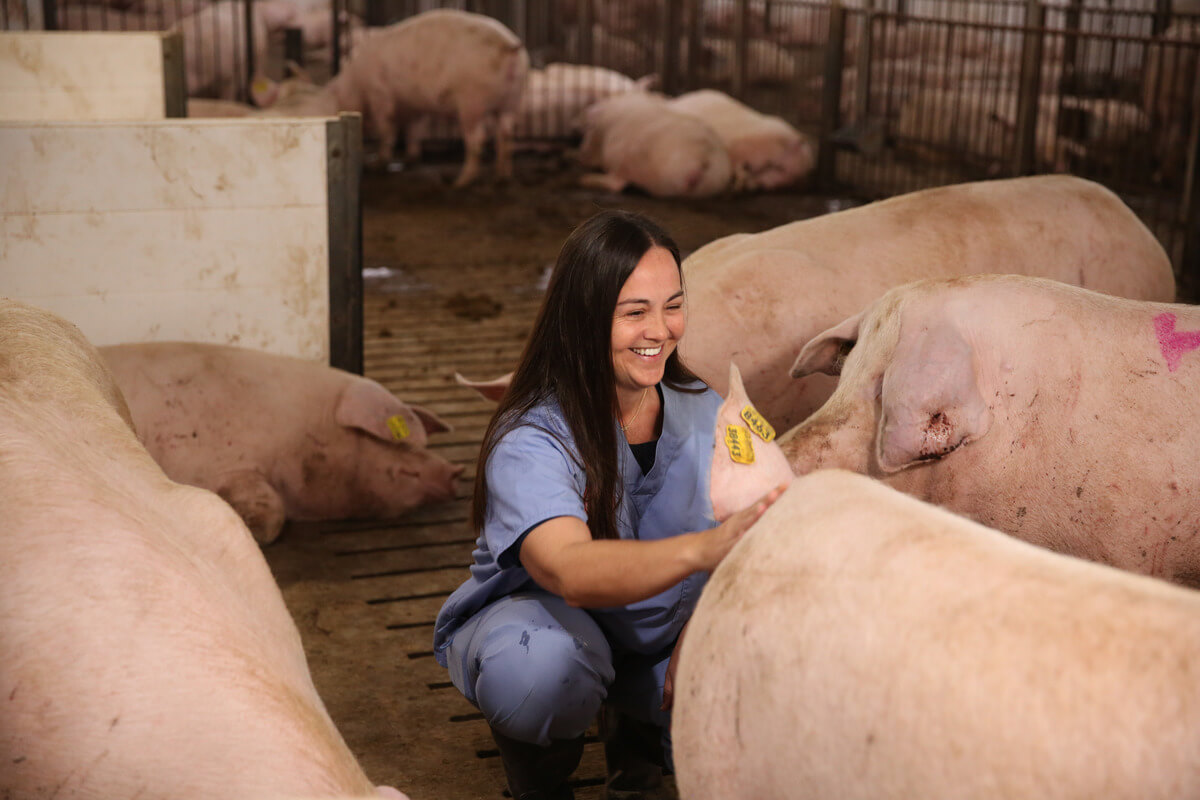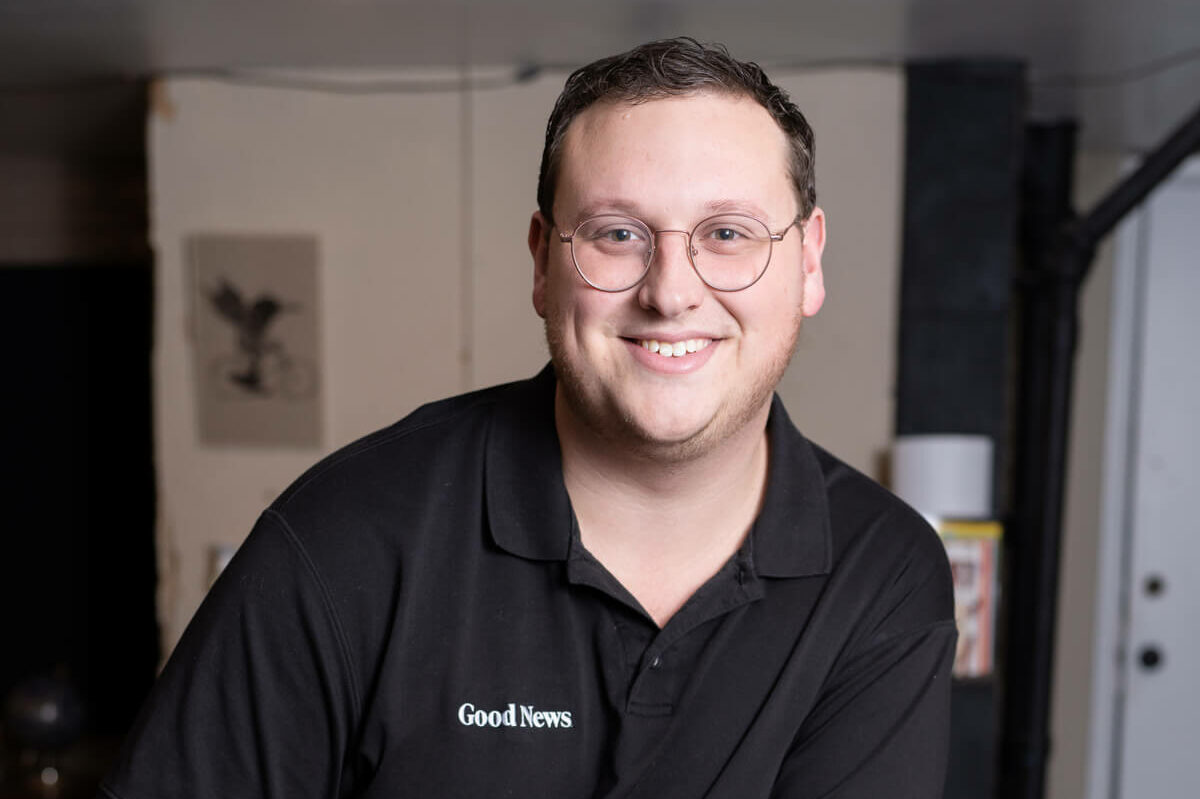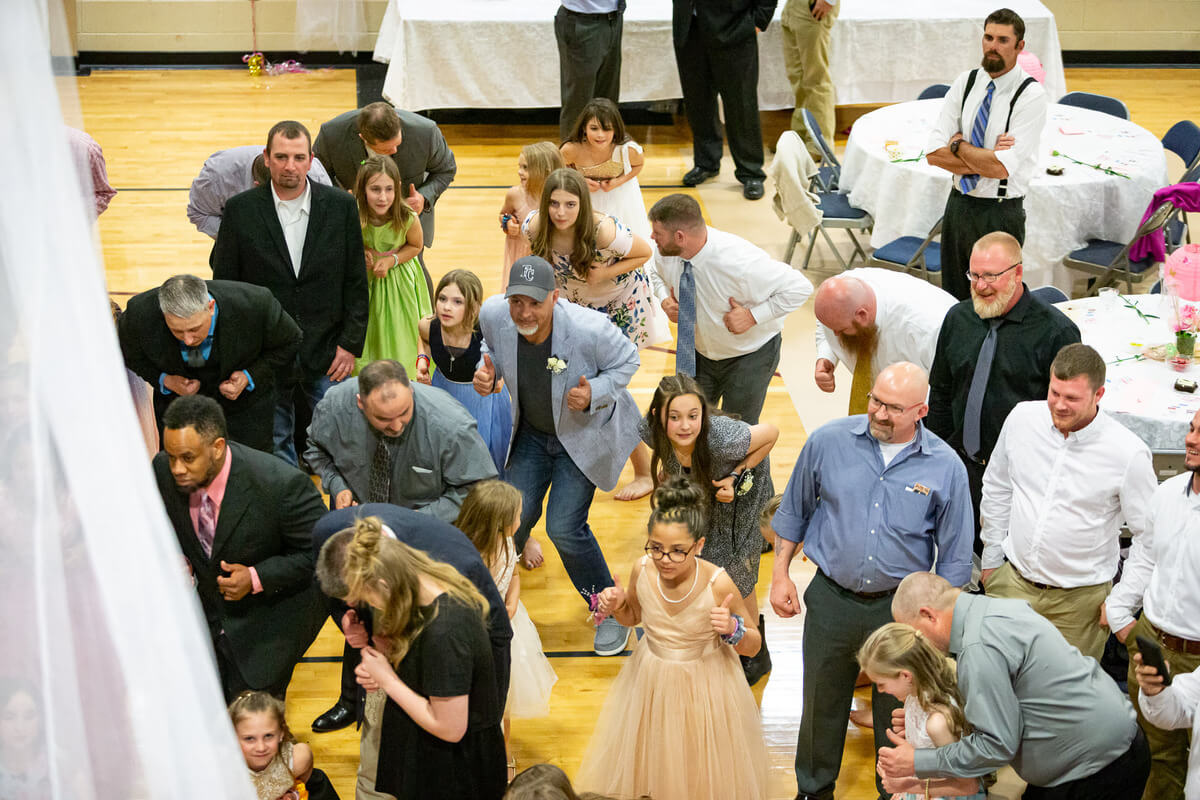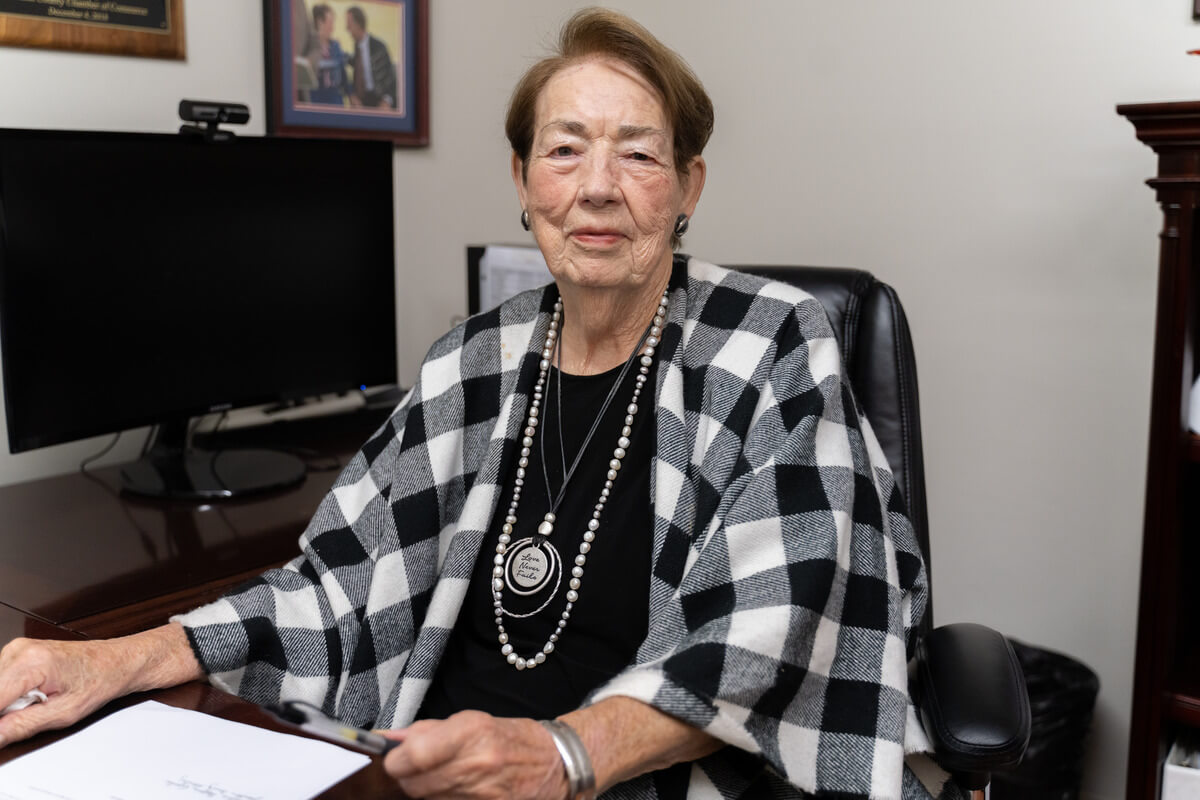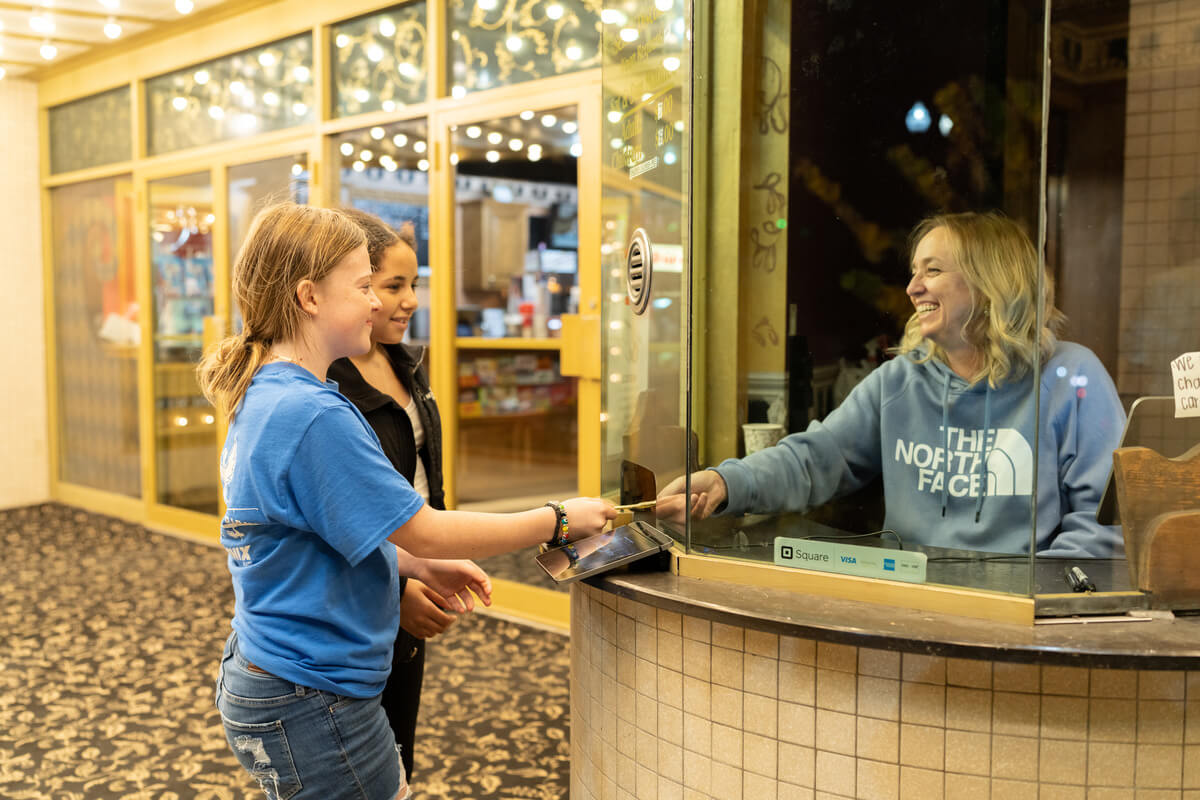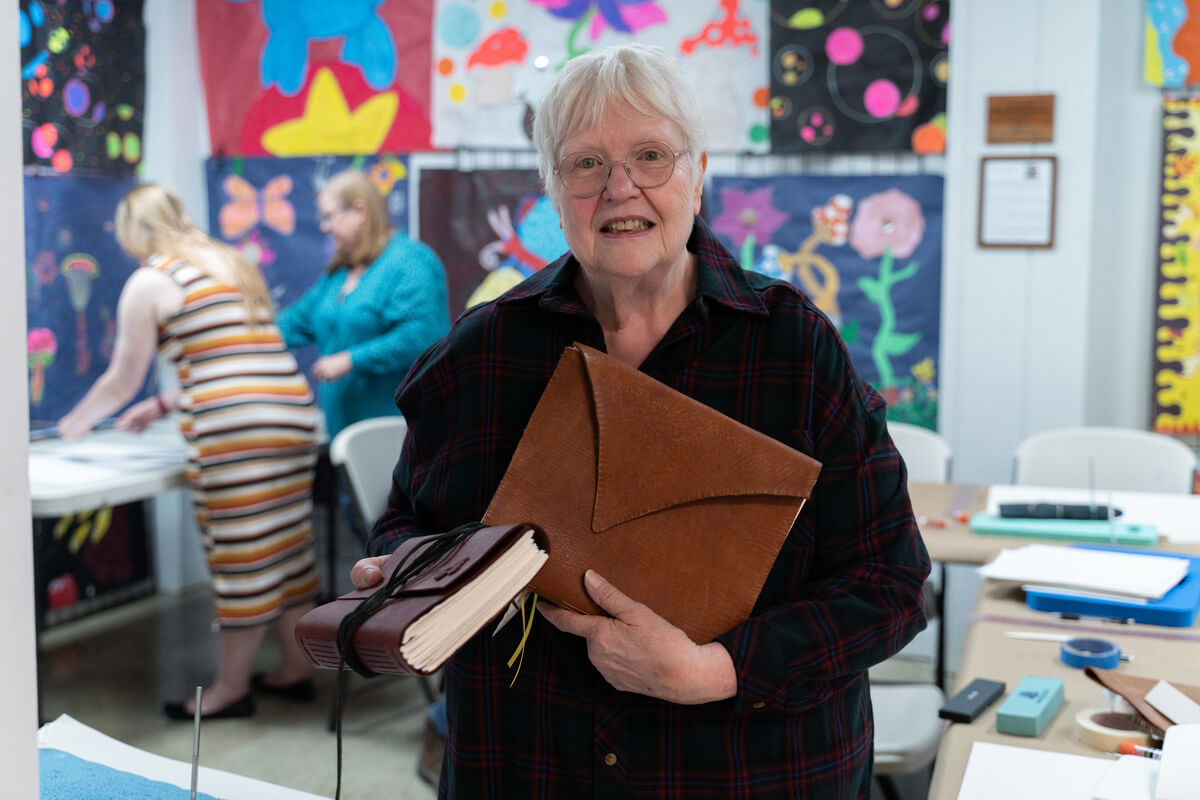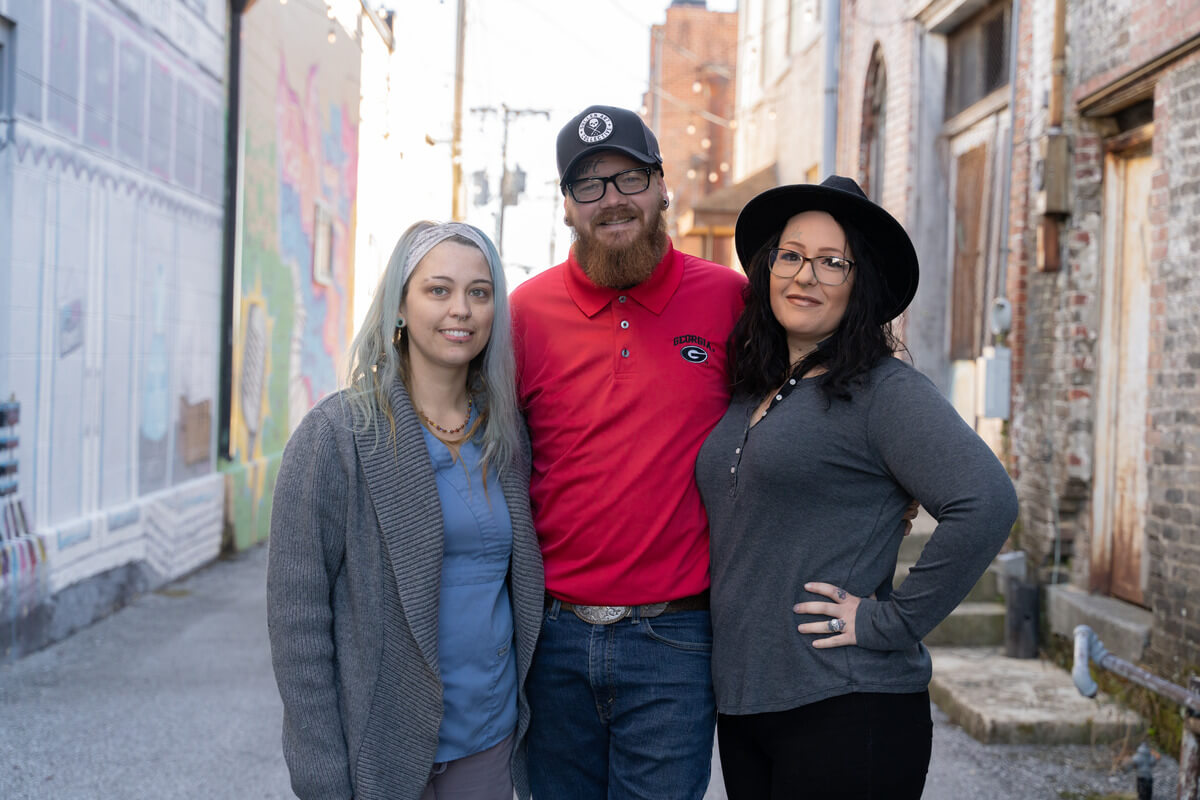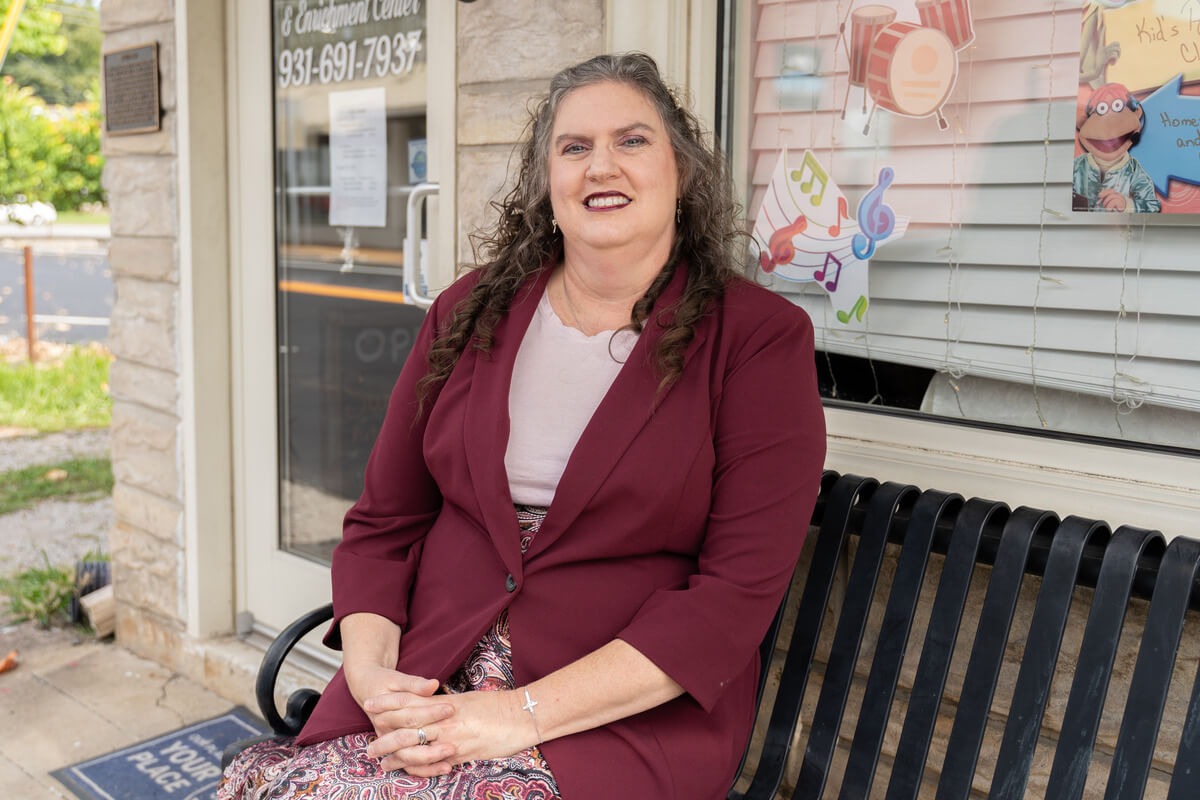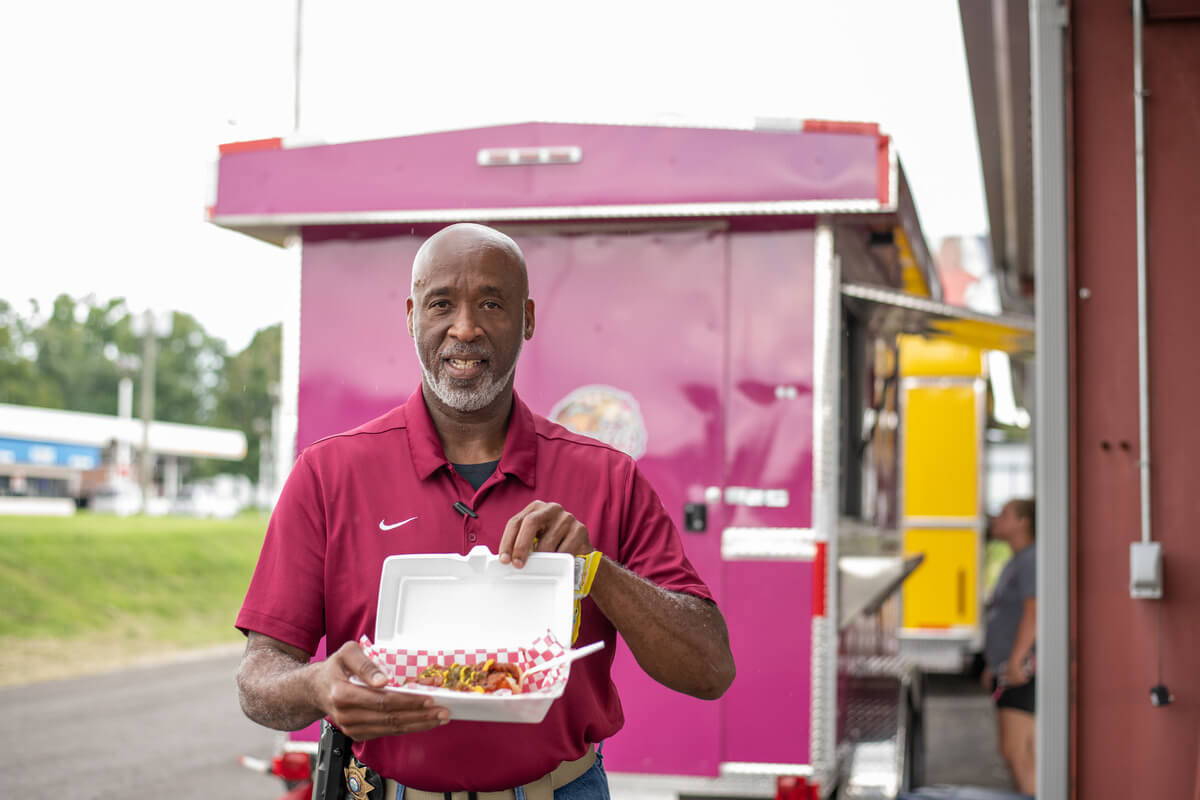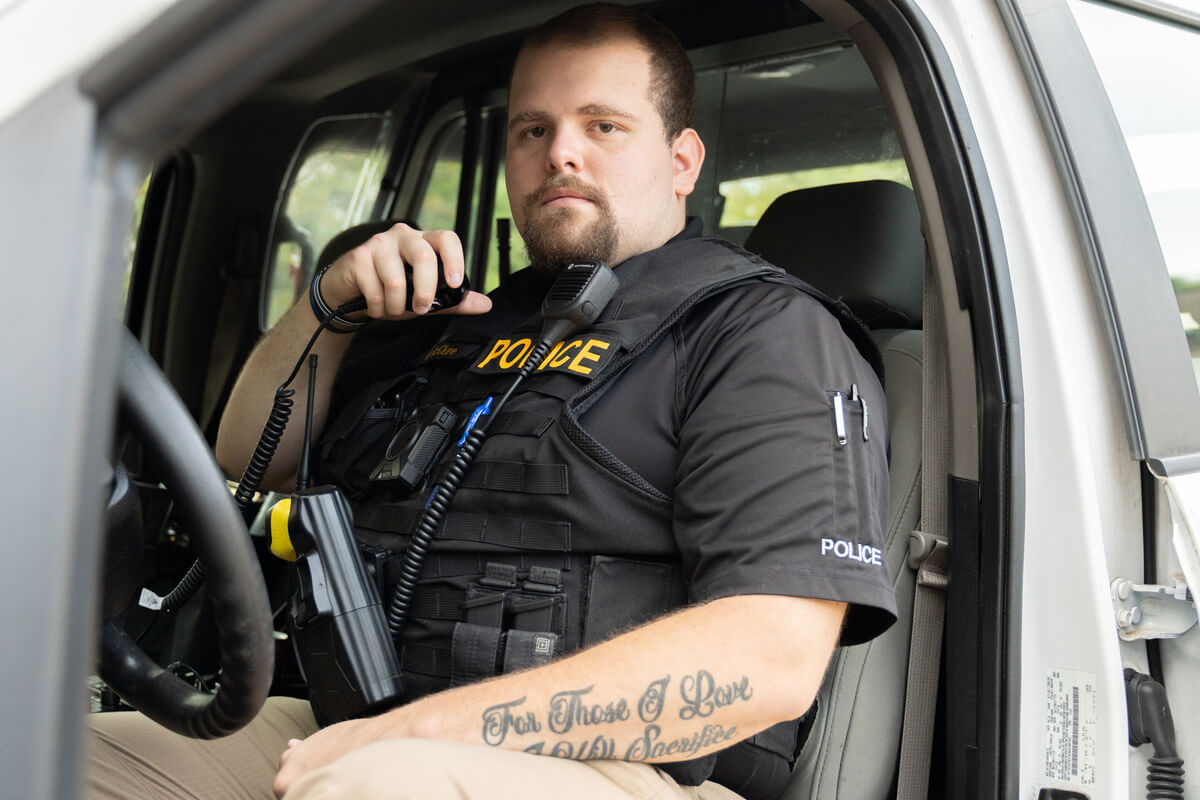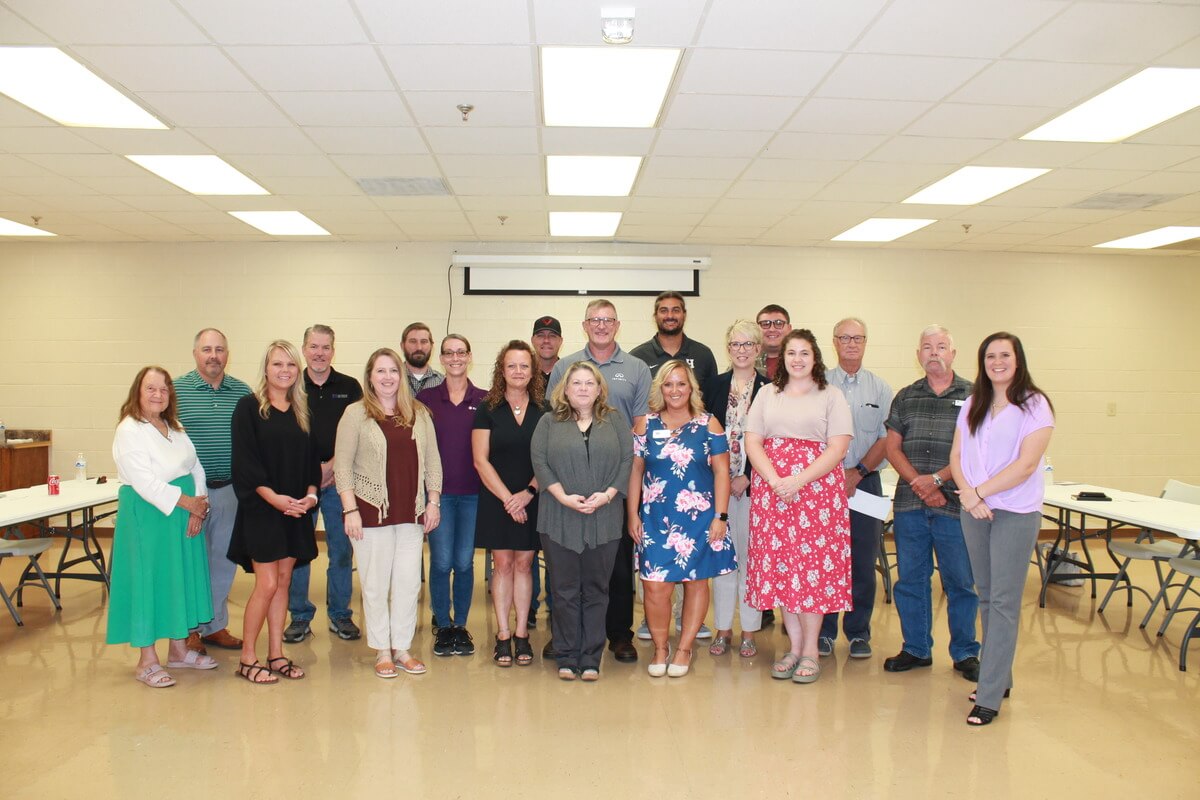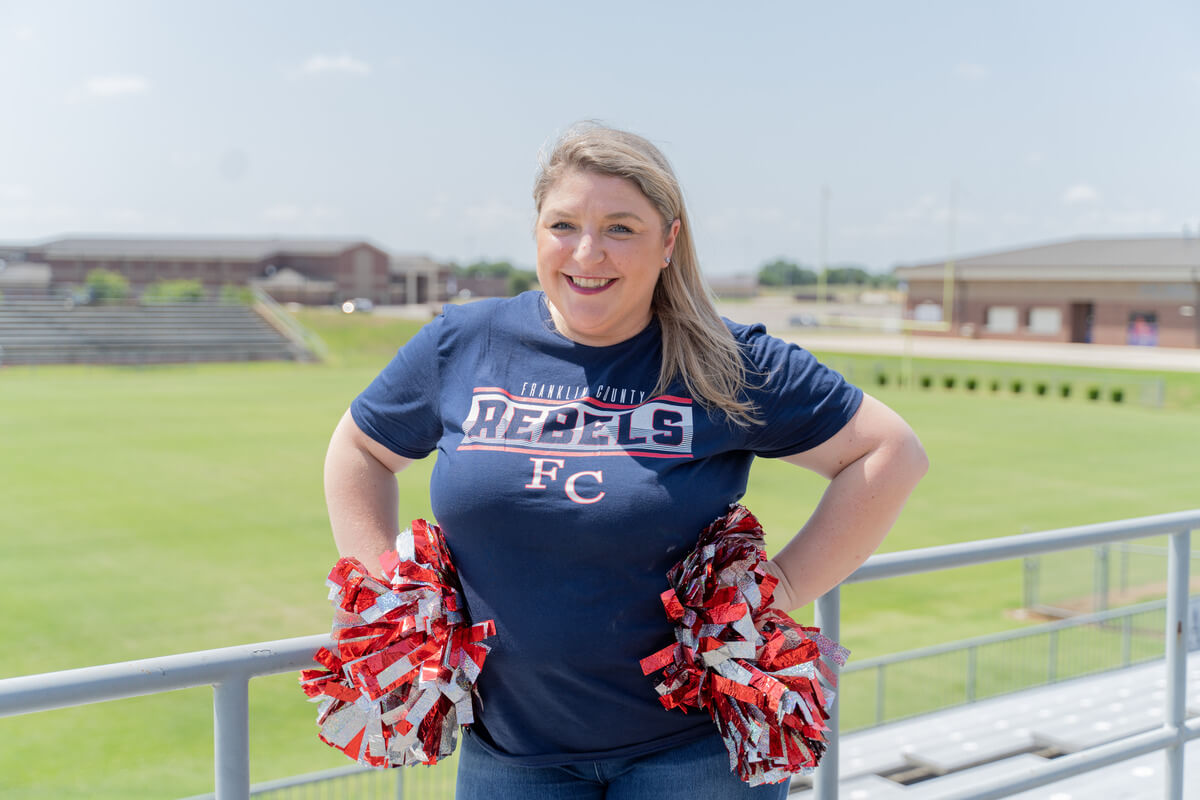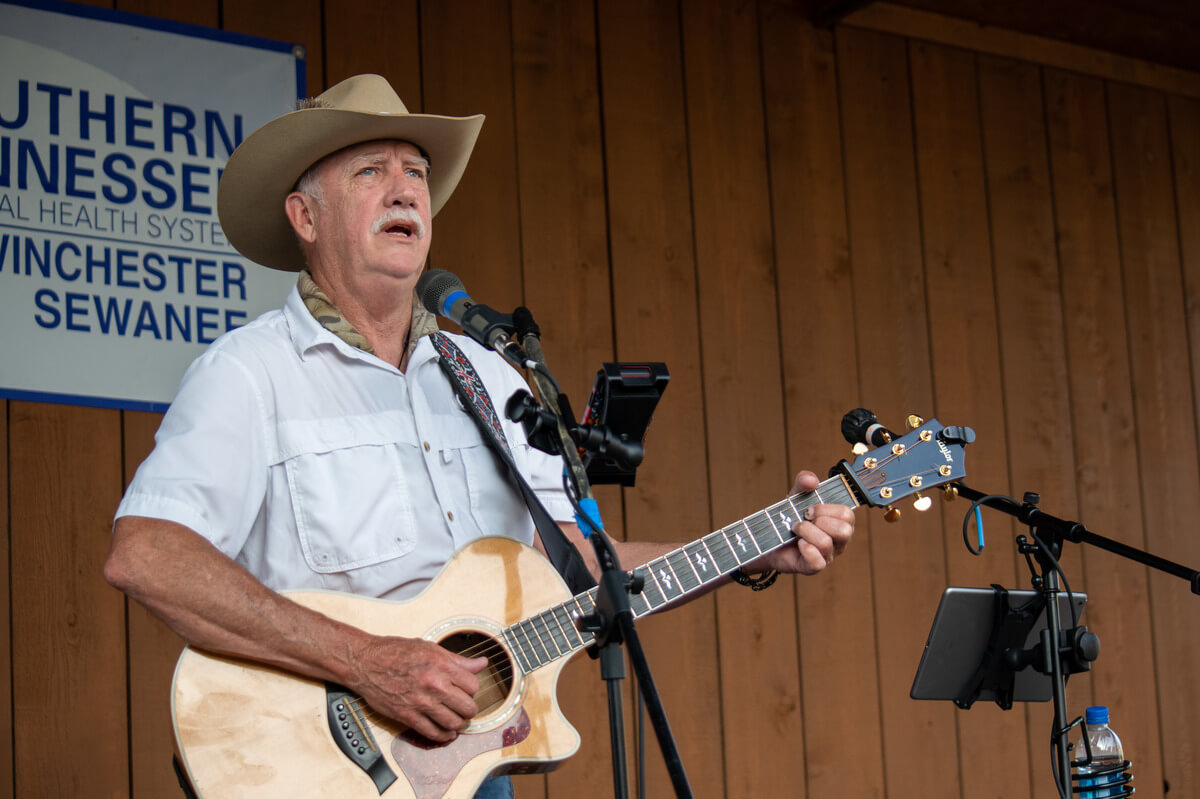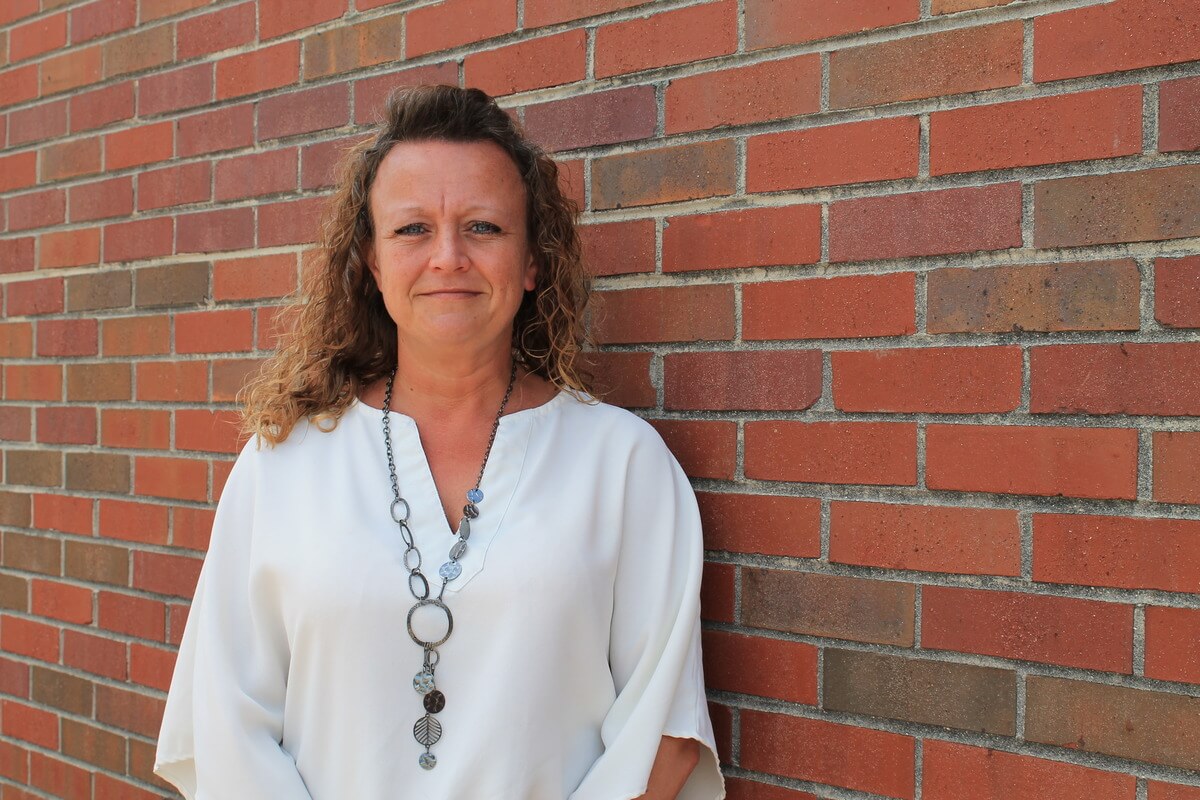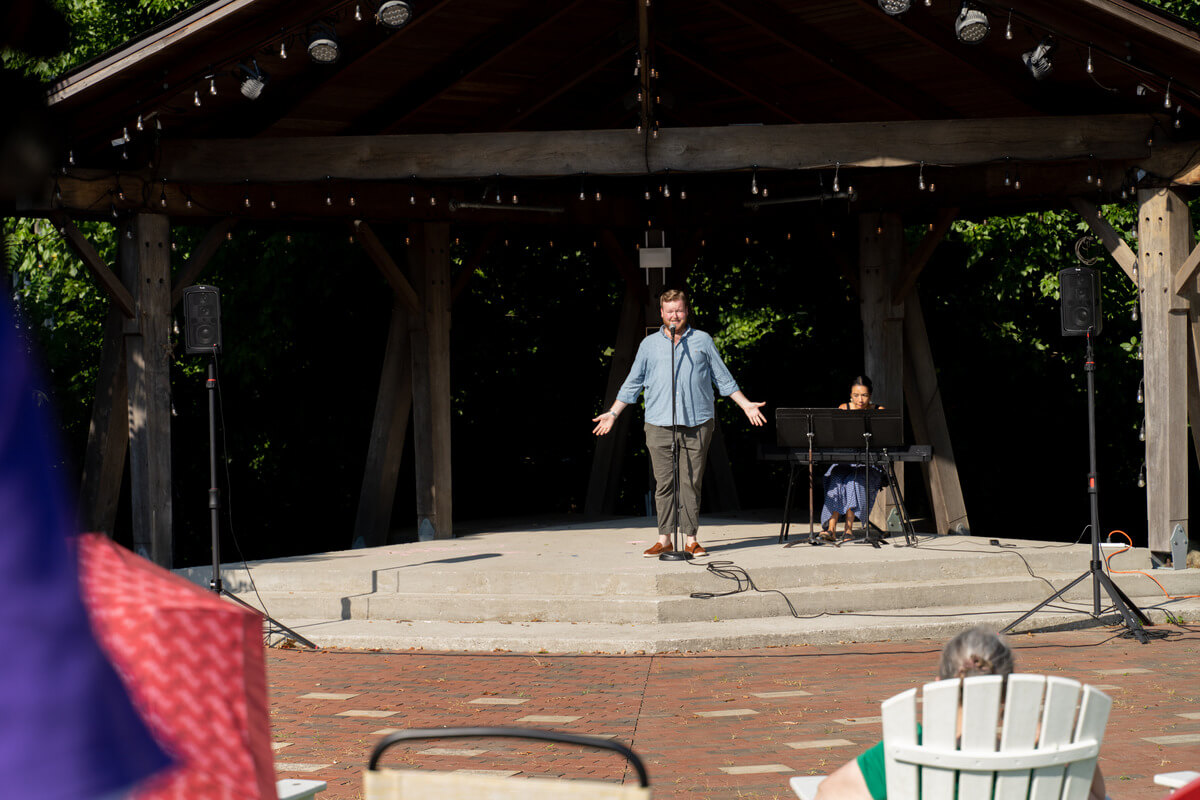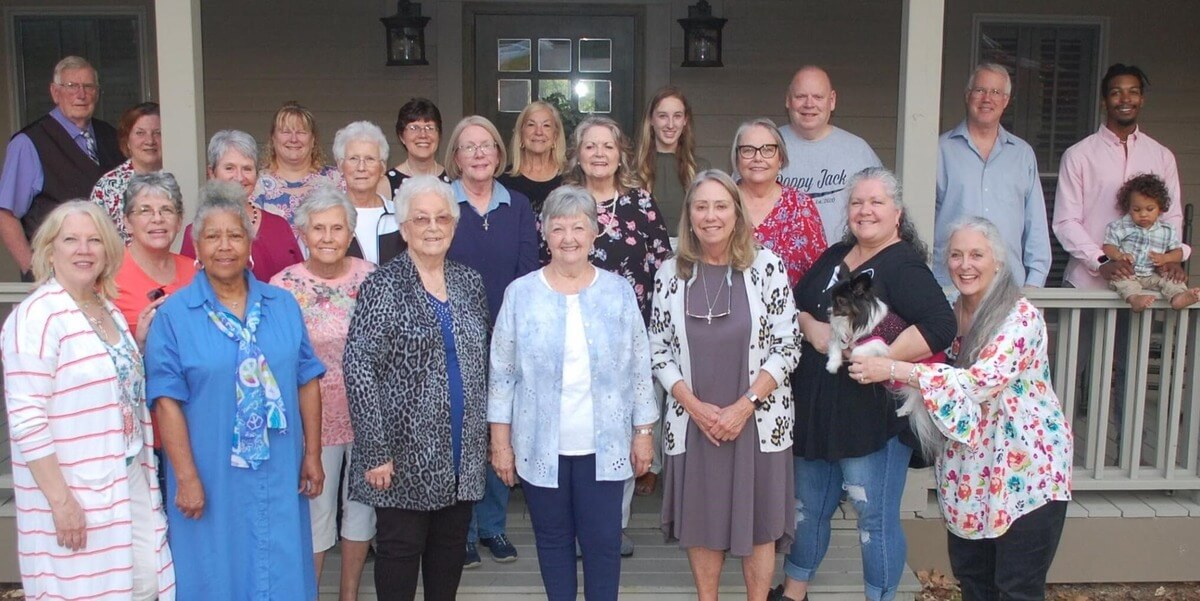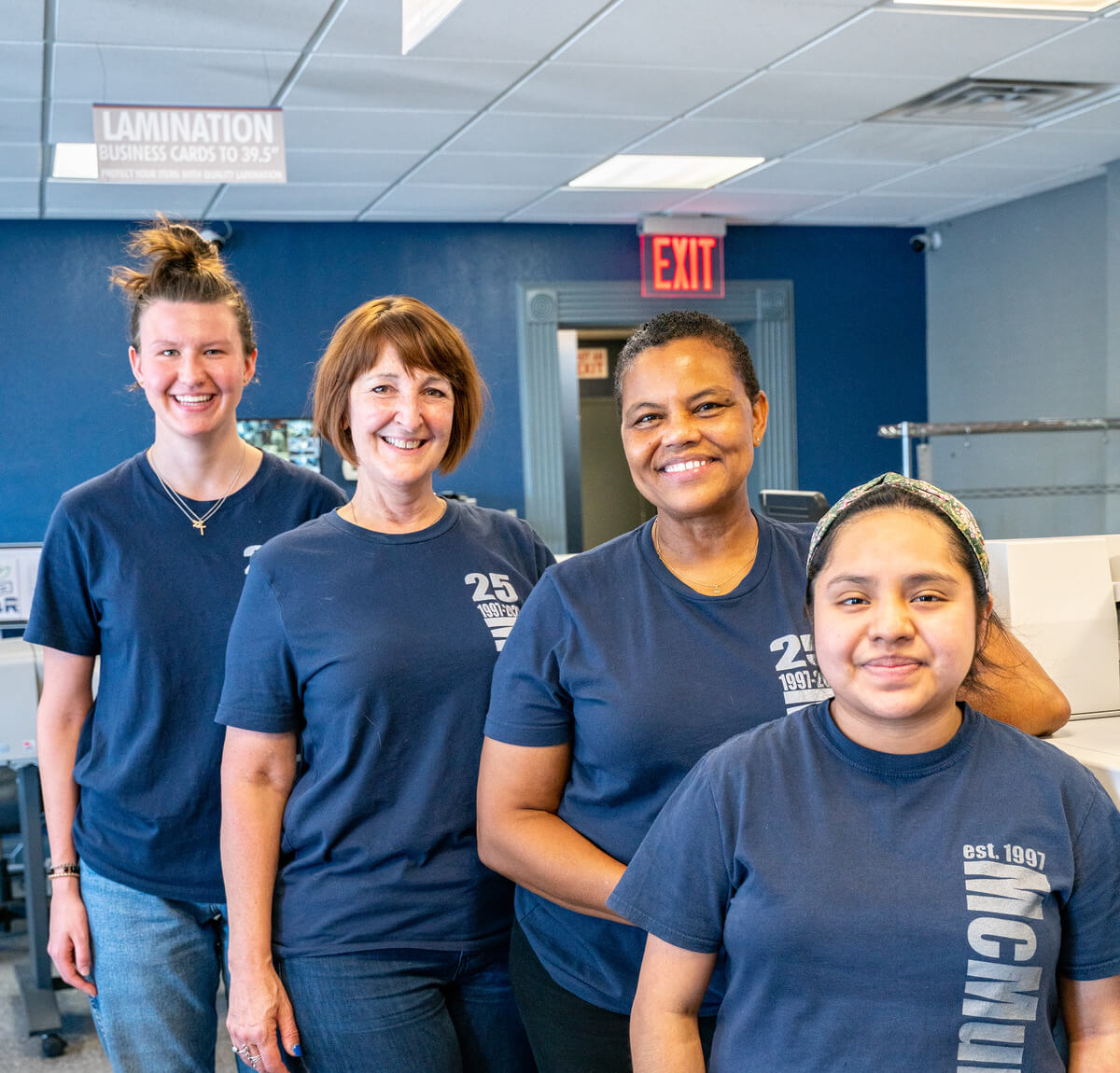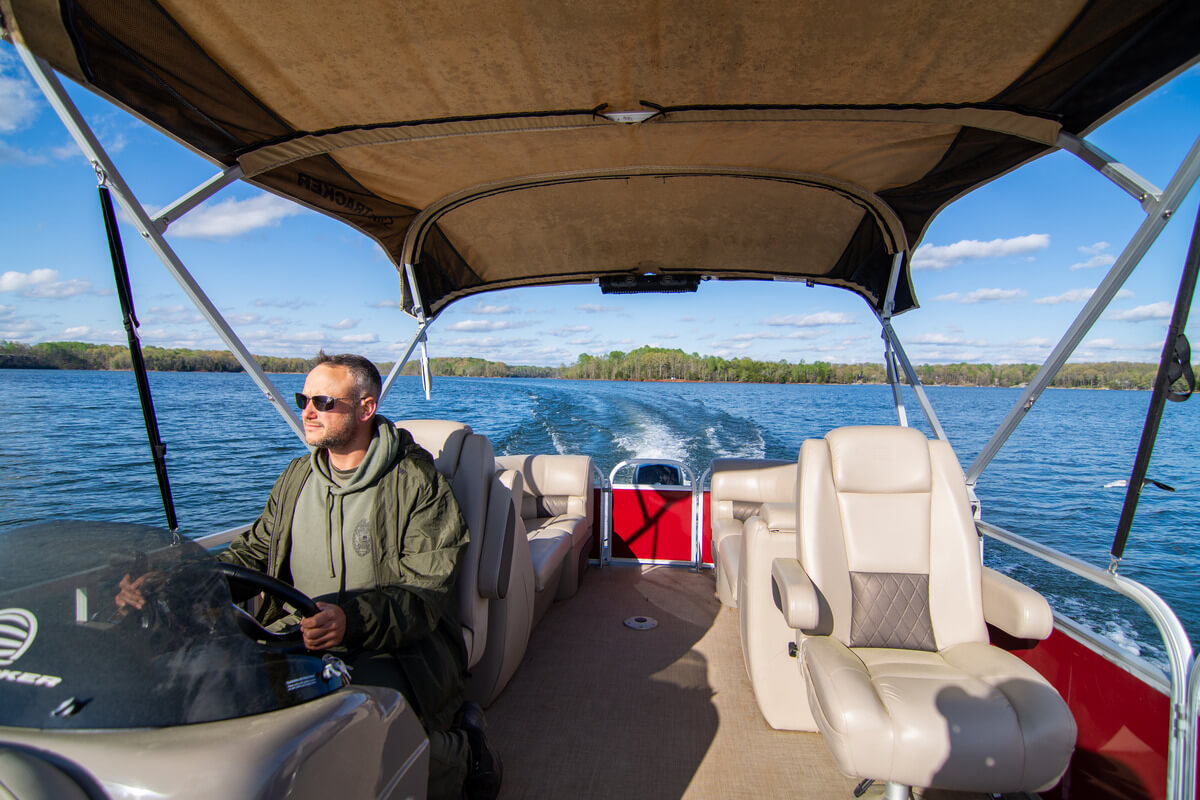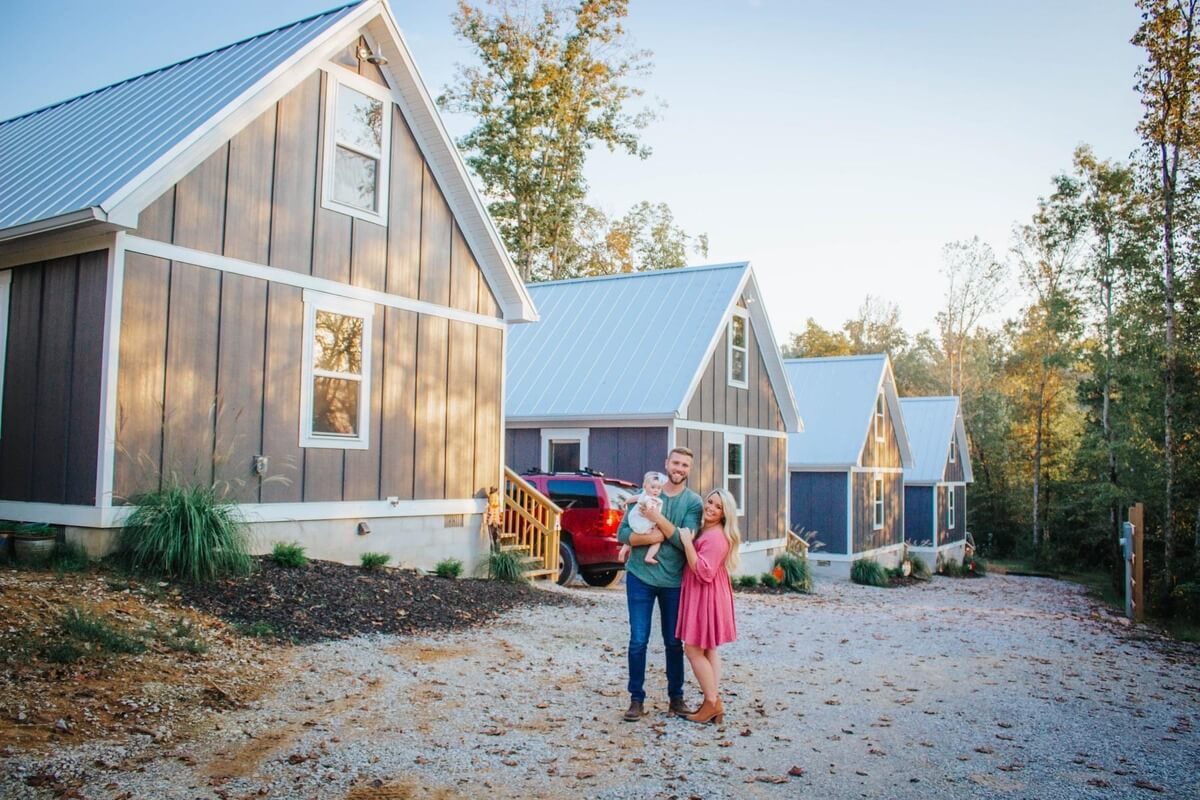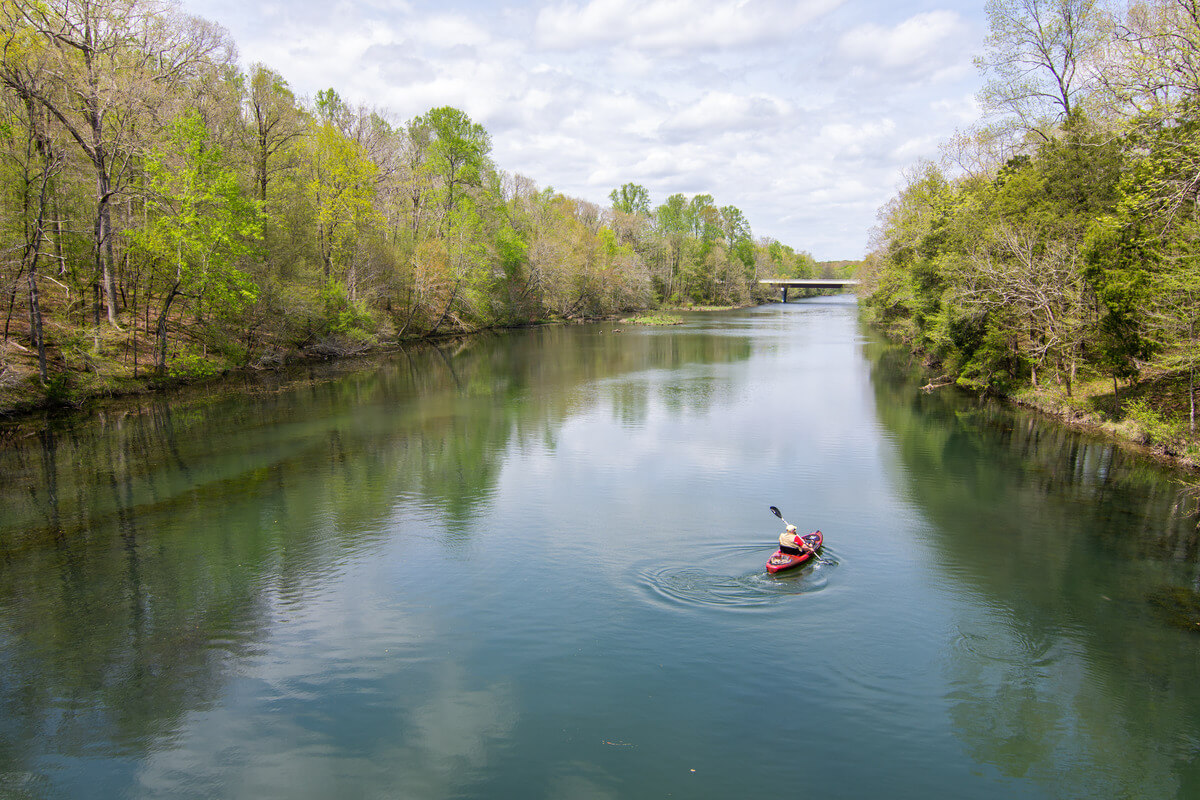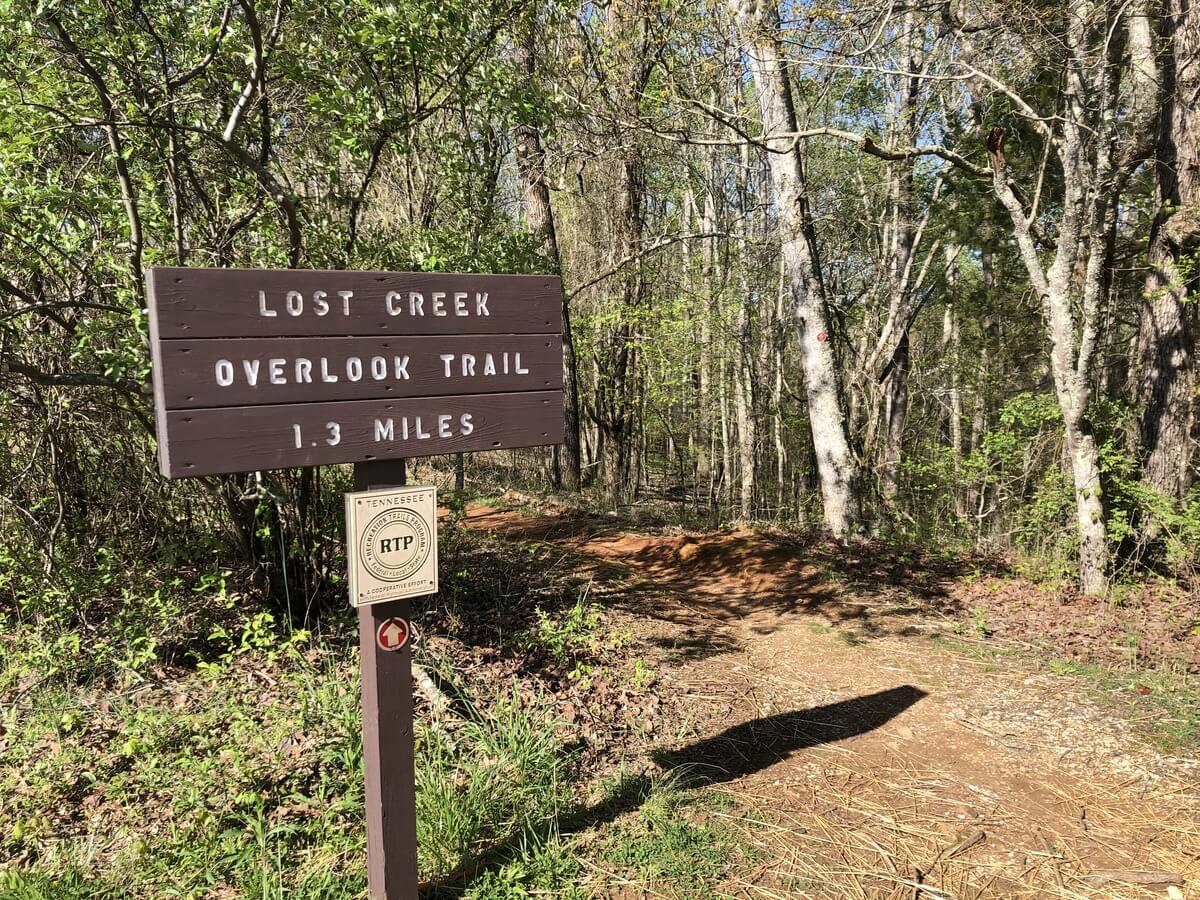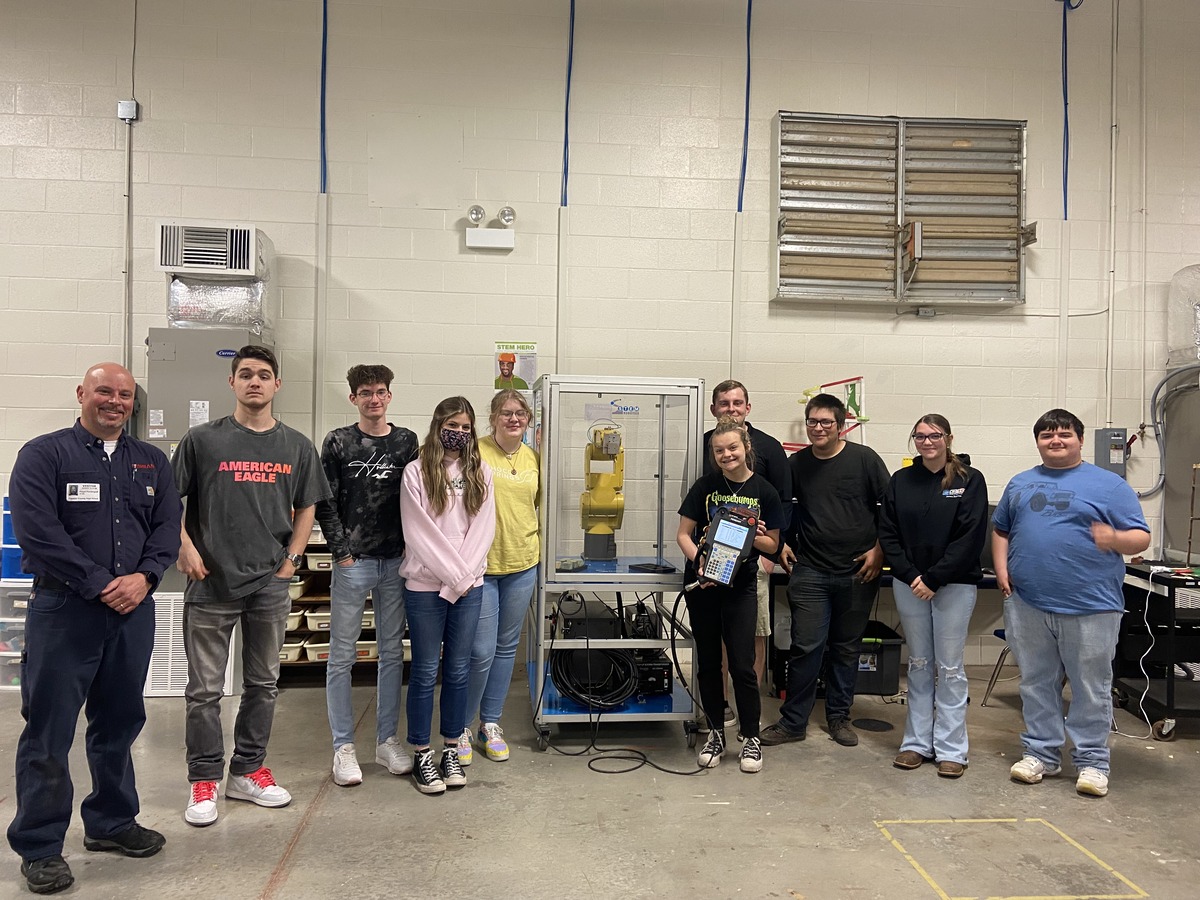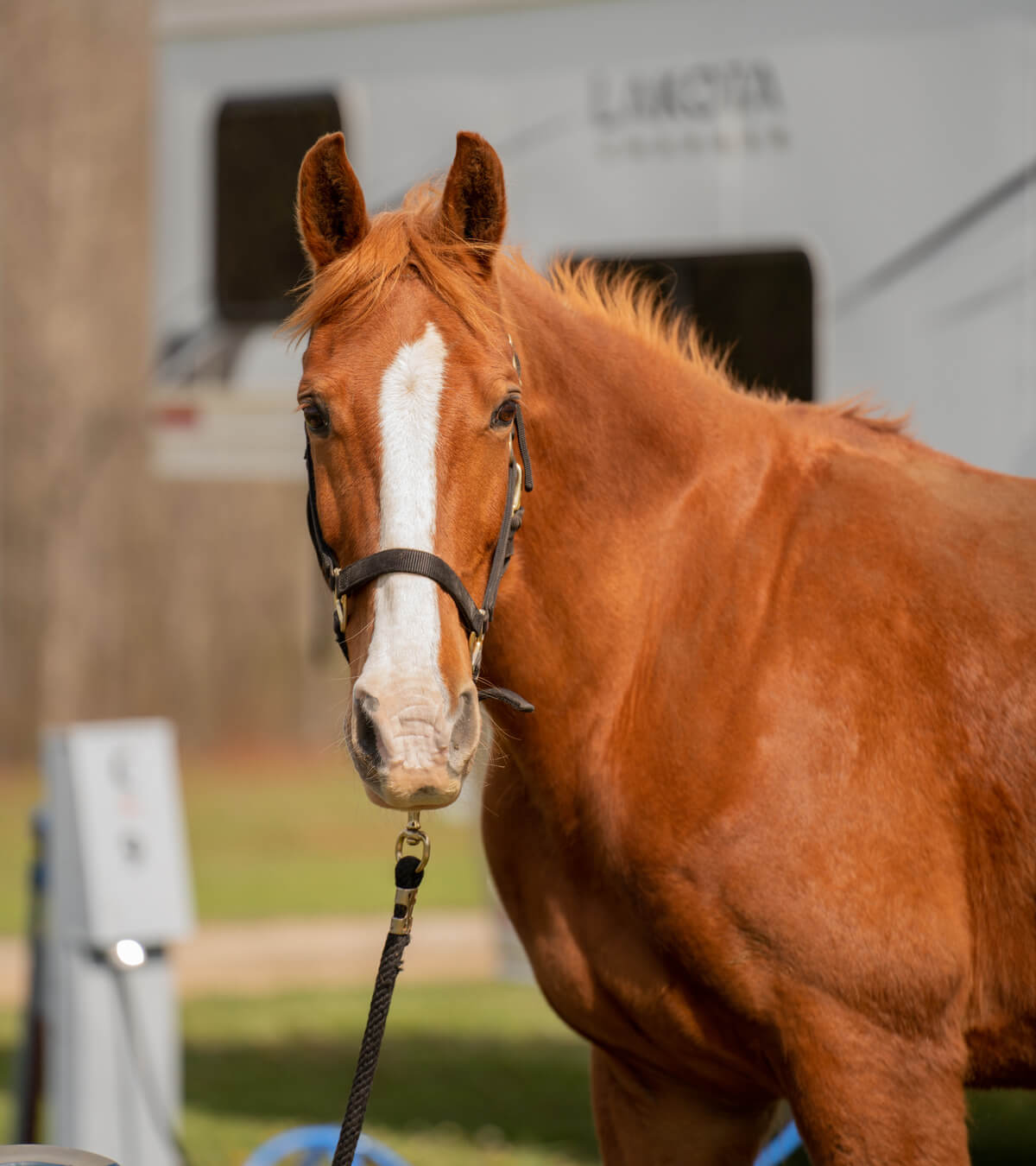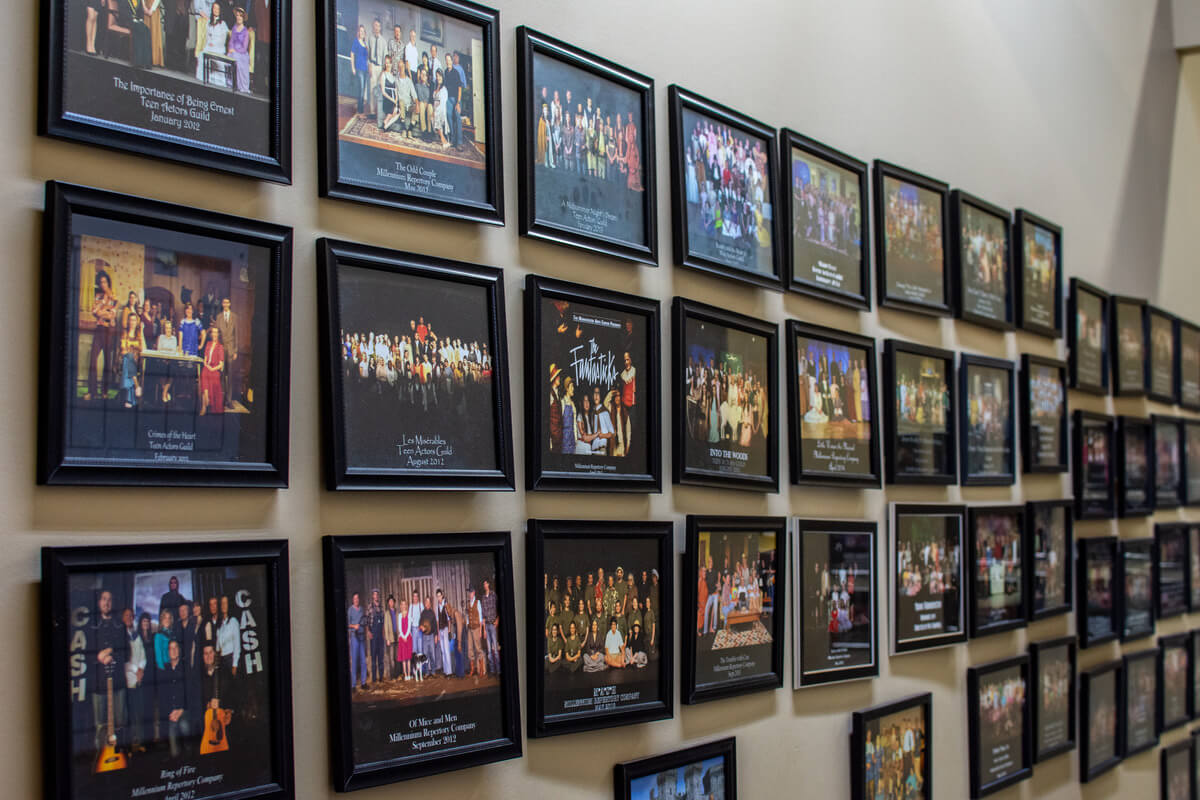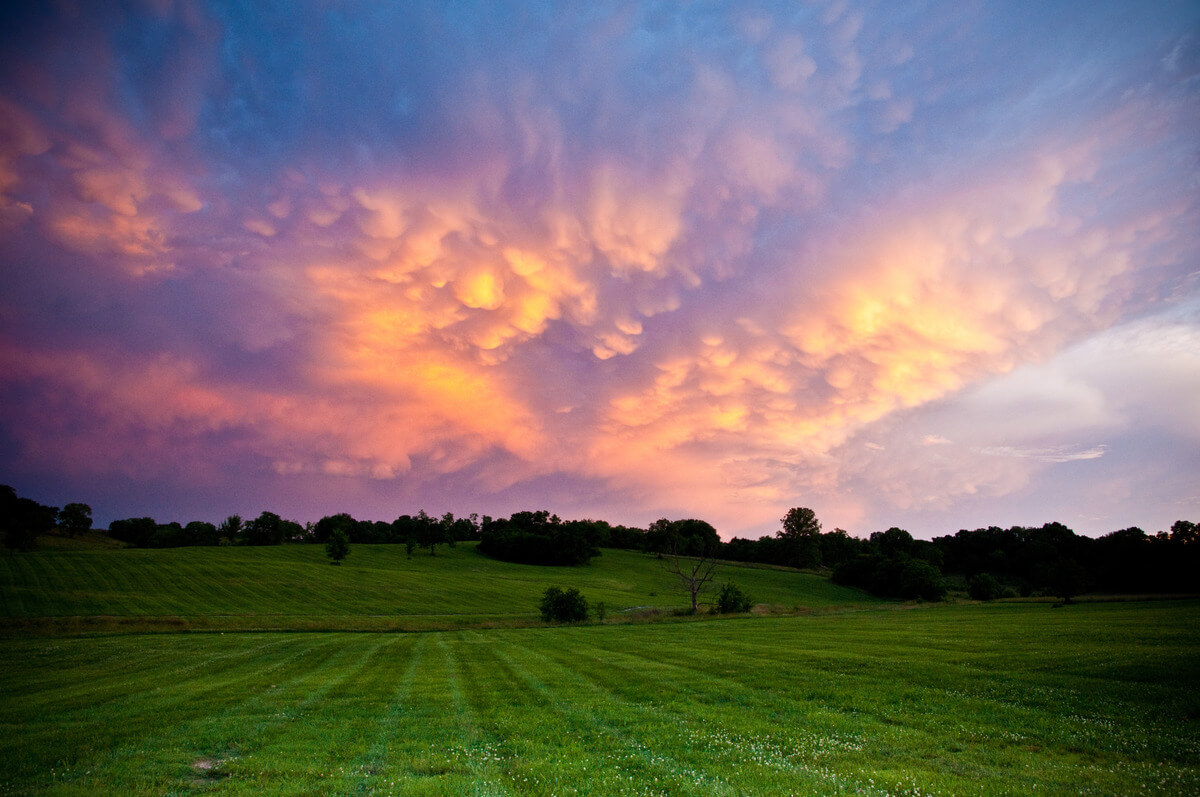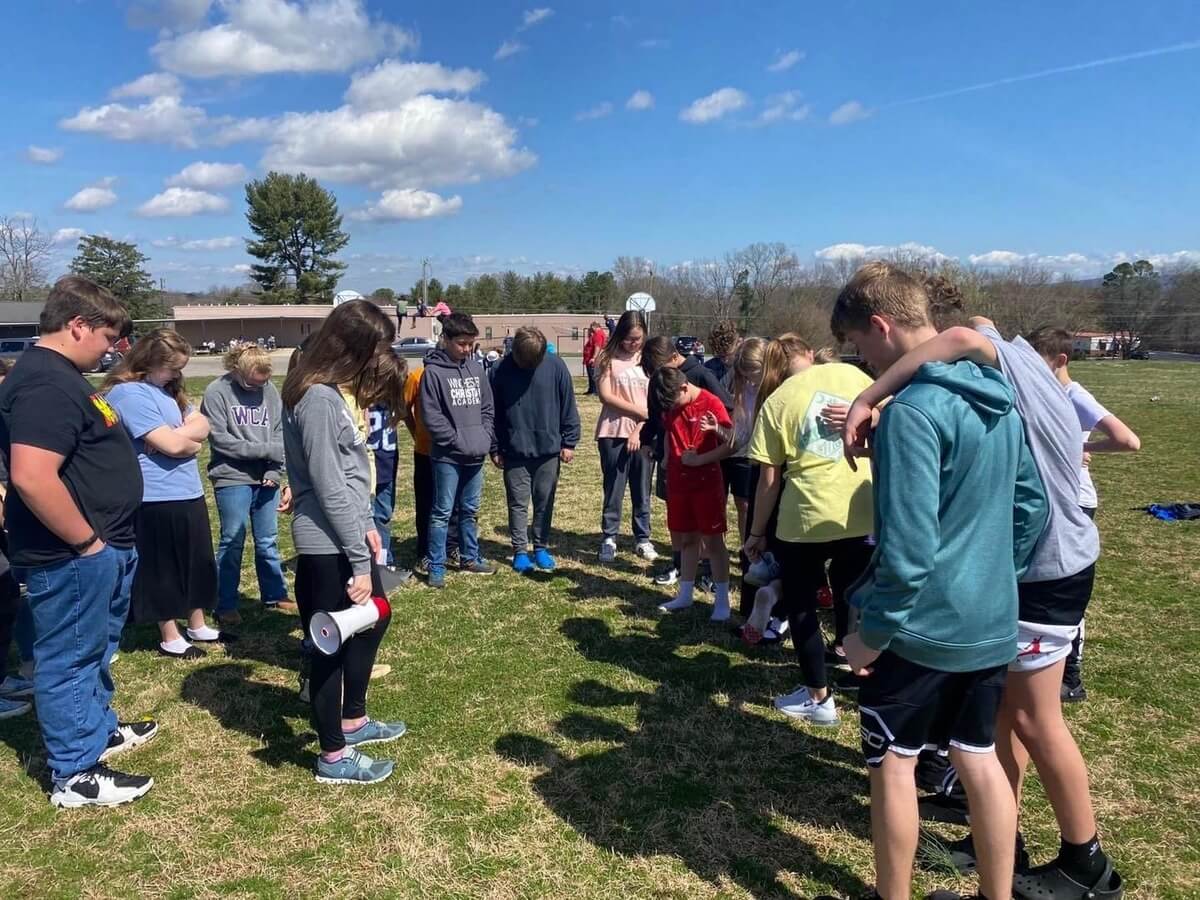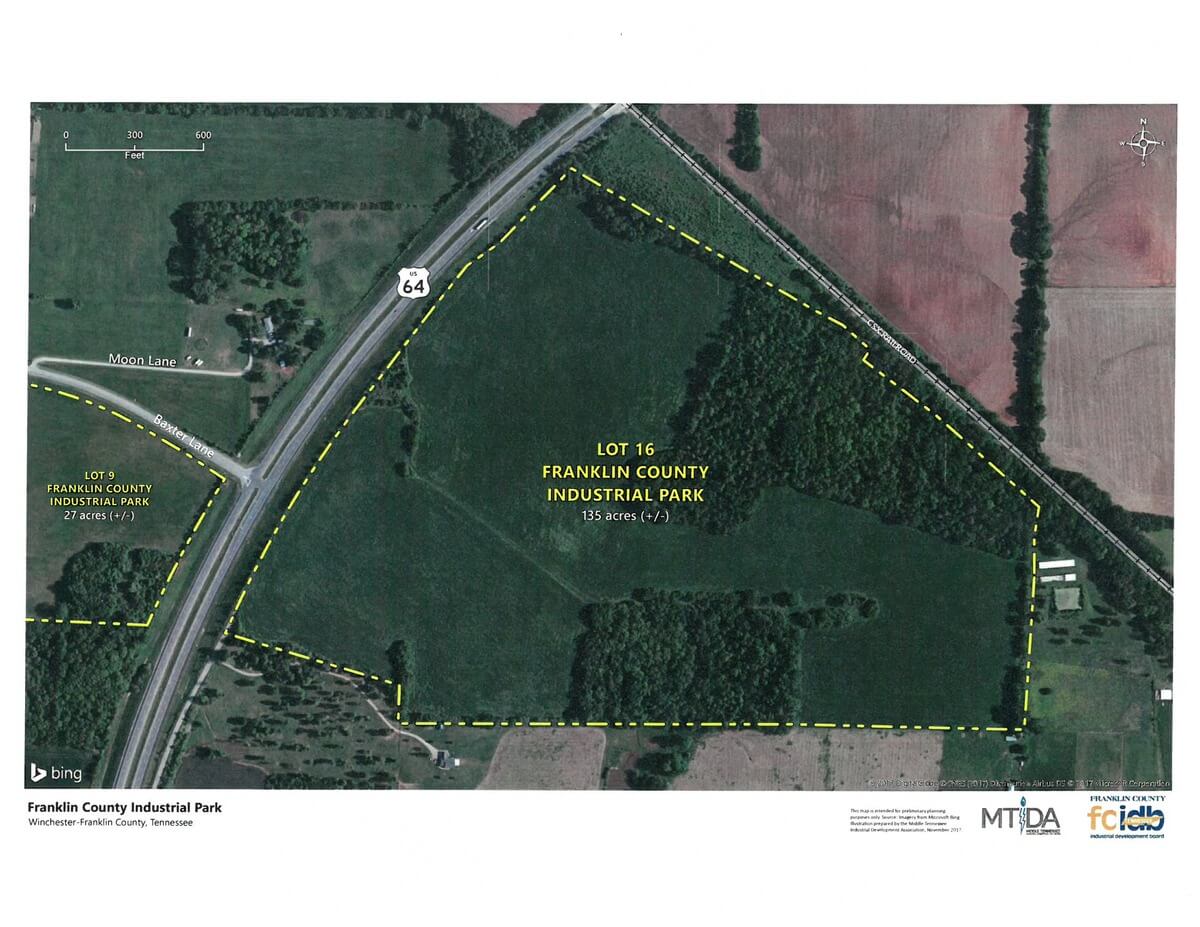THE SUN sets over Isla Medina’s cattle farm, where she is still outside feeding the cows and finishing up her evening work. She’s been awake since the early morning hours, cleaning stalls, feeding animals, and preparing for the long day ahead. This might seem like a normal routine for a cattle farmer, but this particular farmer is just 7 years old.
Isla’s agricultural journey began when she was just 2 years old. The tiny tot made an unusual request. After seeing adorable, stocky cows covered in long fur online, Isla insisted she wanted to get her own, inspiring her family to jump into a new career path raising Highland cows.
“She found them on YouTube Kids,” her mother, Montana Medina, said.
The Medinas weren’t farmers before this venture, but they chose to make it happen to fulfill their daughter’s dream. Now, at 7 years old, Isla manages an impressive operation with her family, all while attending first grade at Winchester Christian Academy. Isla’s dad, Daniel Medina, works with her and the cows regularly.
She has a sister, Roa, who is 3 and also loves the cows. Isla and Roa have cousins who are like brothers to them: Joshua, 16, and Diddier, 13. Their farm houses 50 Highland cattle, along with pigs, horses, donkeys, and chickens.
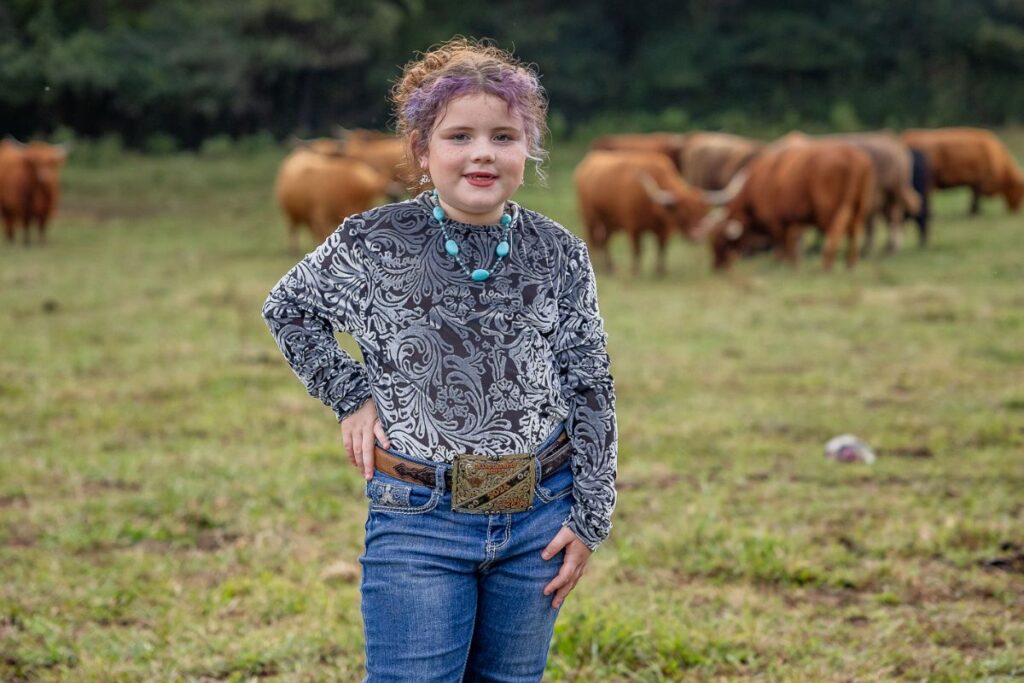
“The cows all have names,” Isla said. She has a few favorites: “There’s Lucky, Lady, Nashville, Baby, Blackie, and Moon.”
She noted that each animal has its own personality. Isla said one of the funniest things was when her dad was trying to halter-break one of the cows; it kicked him. Thankfully, he was OK.
“My daddy got kicked by a cow. That cow was so crazy!” Isla giggled.
What captivates Isla most about Highland cattle is their distinctive appearance.
“I like how they are so furry, and I really like how they have long, sharp horns on their head,” she said. The horns, she has learned, serve an important purpose. “When they’re born, they have very little horns, but when they grow bigger, they get sharper so that they can protect themselves in the wild.”
The horns also help the animals with foraging. These large creatures, with their eyes often hidden beneath their signature shaggy hair, have become Isla’s passion.
“Highland cattle are one of the oldest cattle breeds in the world,” Isla said.
Highland cows date back to at least the sixth century and are named this because they originated from the Highlands of Scotland. In the world of cattle shows, they are not always considered a good breed for competitions, but the Medinas know differently.
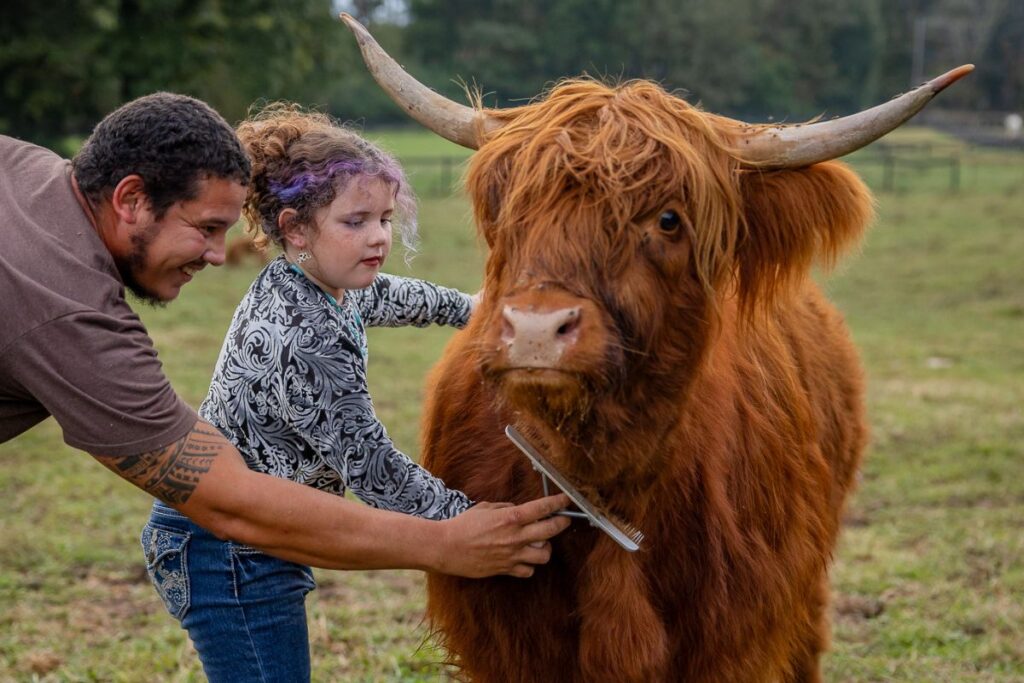
“Highland cows are usually looked at as a mini breed due to Hobby Lobby’s decor and the internet,” Montana said. “But they’re actually really big cattle! They’re a normal beef breed.”
The Medinas are working to change this common misconception by entering their Highland cows in competitive cattle shows. Isla has had the opportunity to travel often with her cattle, having competed in Minnesota, South Carolina, Pennsylvania, and New York. Her most accomplished show cow is Nashville. He and Isla remarkably achieved “grand champion” status in South Carolina against other beef cattle breeds.
“That is a really big deal with a Highland cow, as it would be for any other breed,” Montana said.
The preparation for these shows is intensive and detailed. “We have to wash and cut their hair,” Isla described. “Wash them with water, blow them dry, and then we have to set them up. We have to feed and water them, too.”
The showing process itself requires considerable skill.
“It’s like you have to put their head up, and they are so big on me, but I have to lift my shoulder up and hold it. You have to hold the stick at the same time, and then switch your hands,” Isla explained, demonstrating her understanding of proper cattle presentation techniques.
Her achievements in showing are particularly noteworthy because her Highland cattle compete against all beef breeds, not just other Highlands.
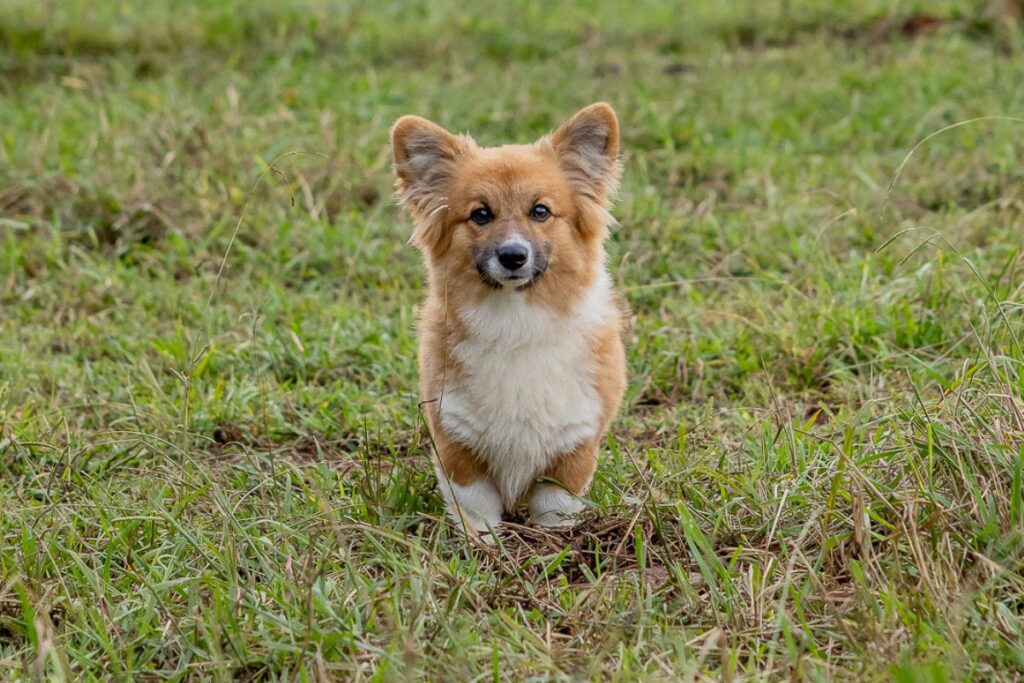
“She shows them against Angus, Maintainers, Shorthorns, and other beef breeds,” her mother noted, “And usually people haven’t seen too many Highlands at those types of shows.”
Outside of her daily work with the cows and the competitions, Isla has hands-on experience with cattle birthing, which she said is the most difficult job. She’s been present for the delivery of six calves, and sometimes, the process requires intervention.
“It is hard, but I have to help the mama sometimes,” she explained. “We have had to wrap chains around the baby’s legs and pull it out.”
This is only necessary when babies get stuck or to ease the process for the mother cow. Montana said the newborn calves can stand on their own within just 30 minutes of birth.
Isla’s schoolmates think her farming life is “cool,” and she occasionally invites friends to visit the farm. Looking toward the future, Isla said she wants to continue farming into adulthood but also aspires to be a soccer player and a basketball player.
Isla Medina is clearly a passionate, dedicated, and remarkably capable girl. Her age doesn’t stop her from making meaningful contributions to agriculture and livestock shows, and above all, she loves and cares for her animals. GN

